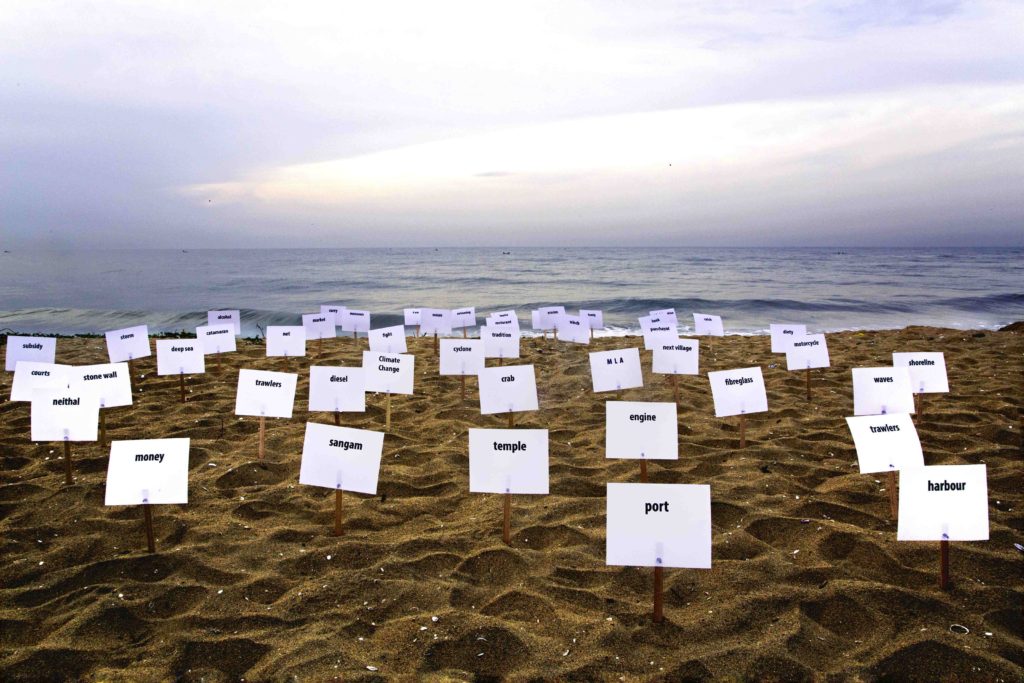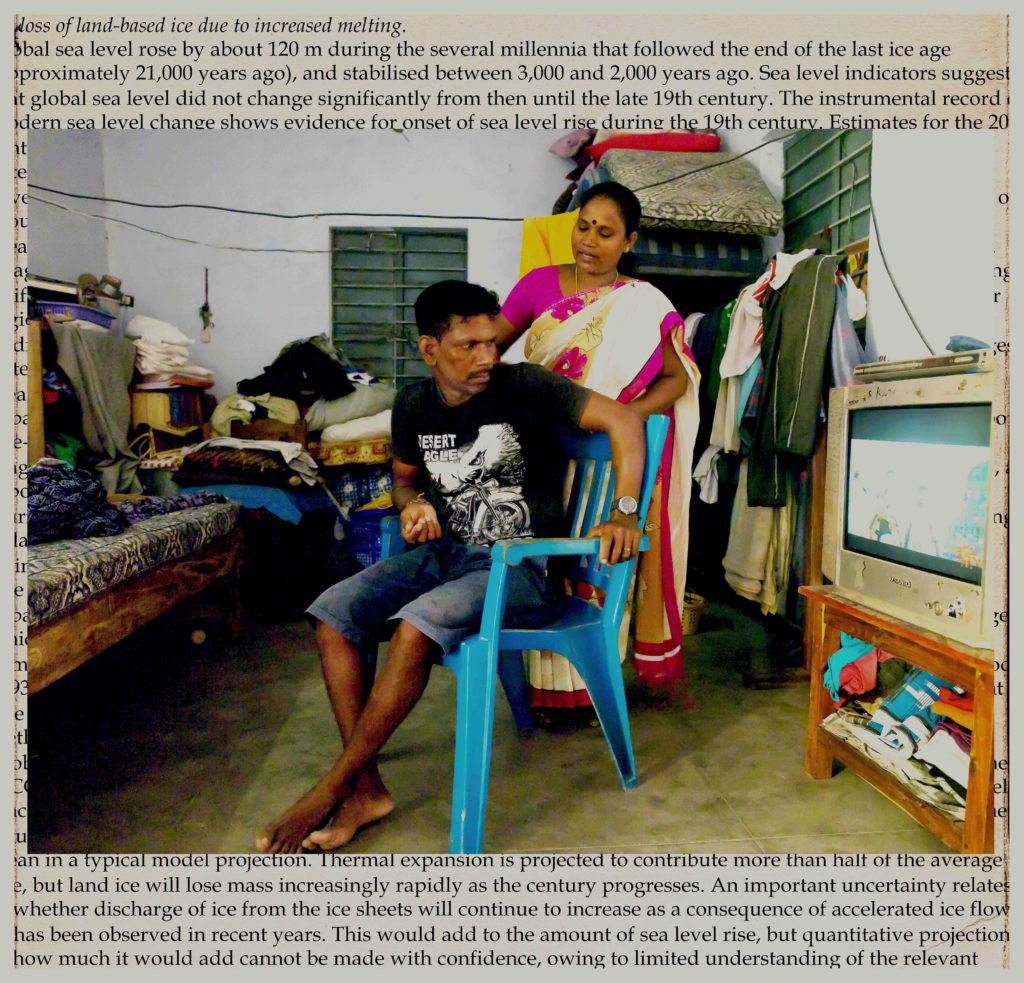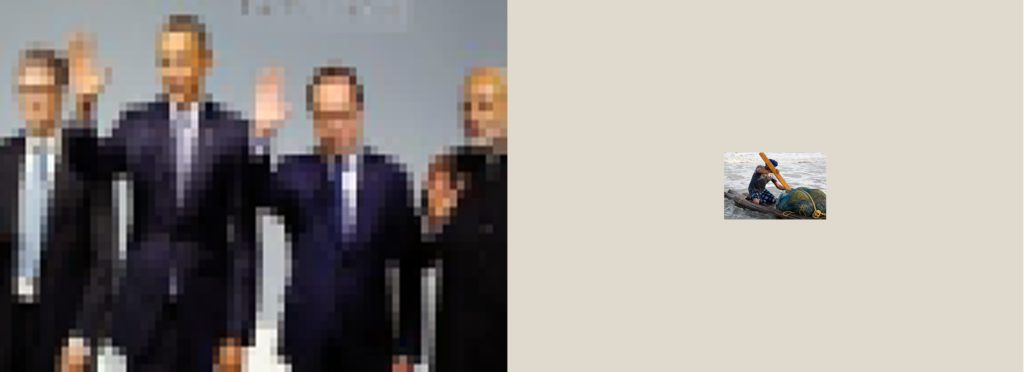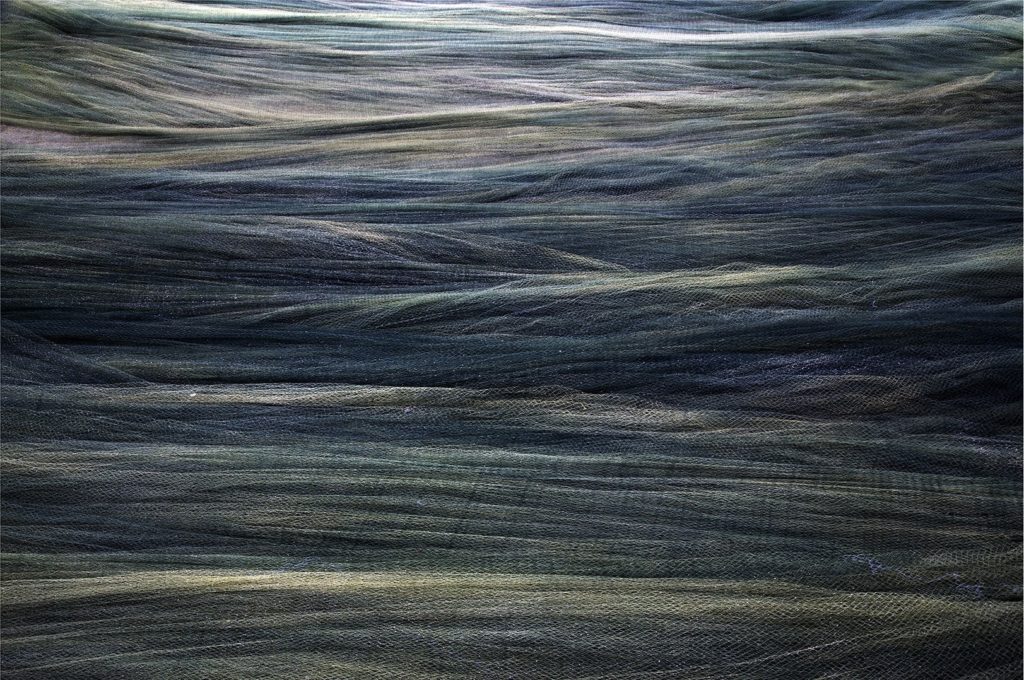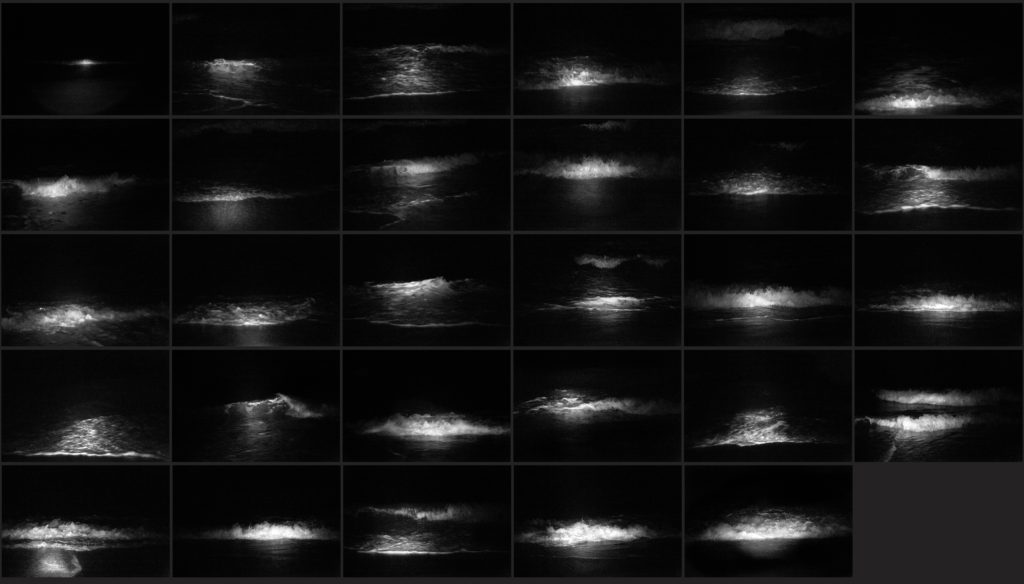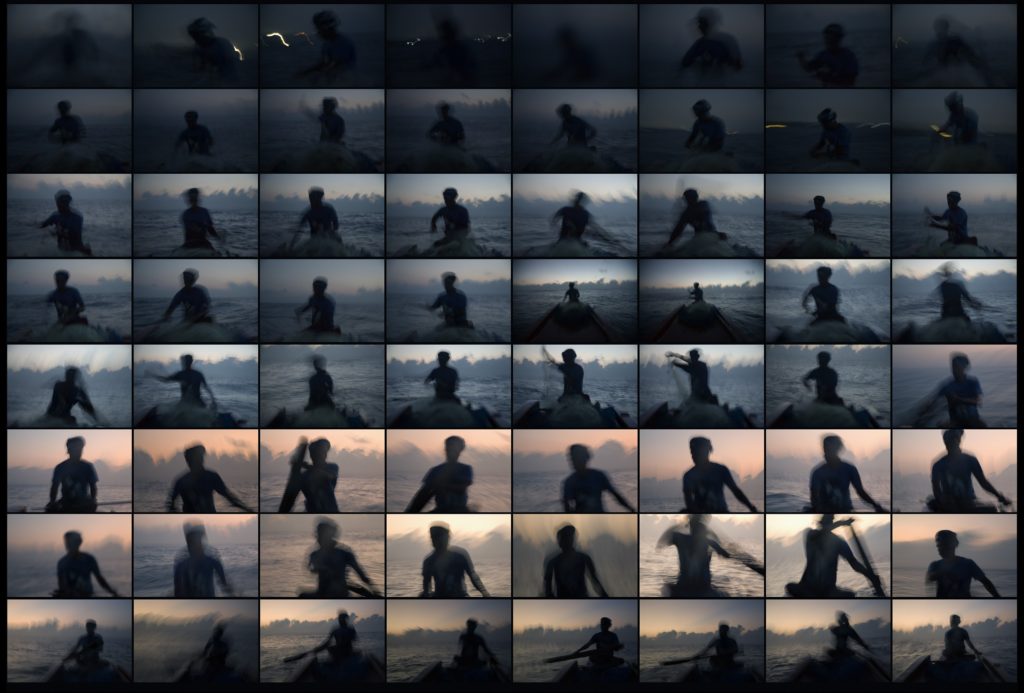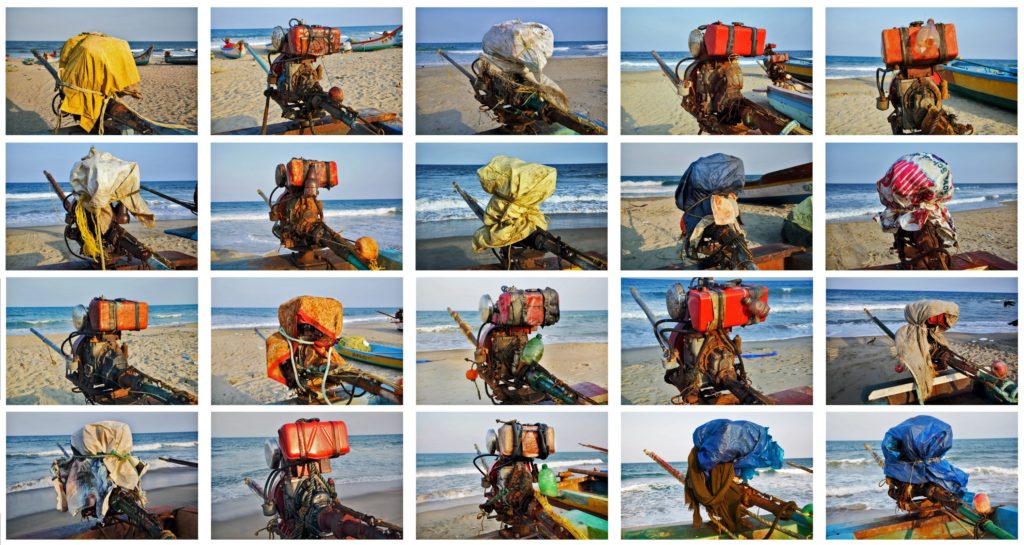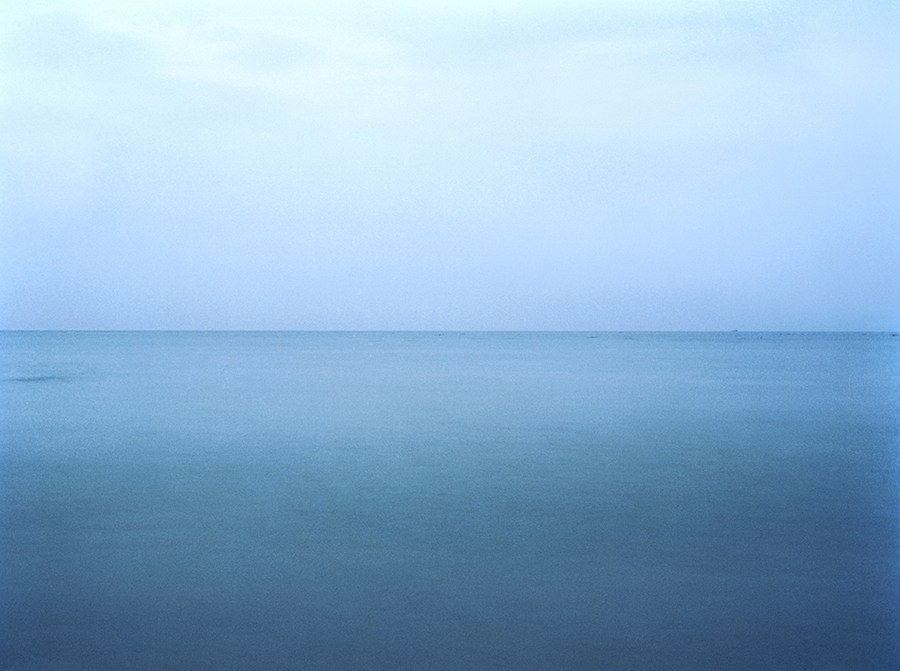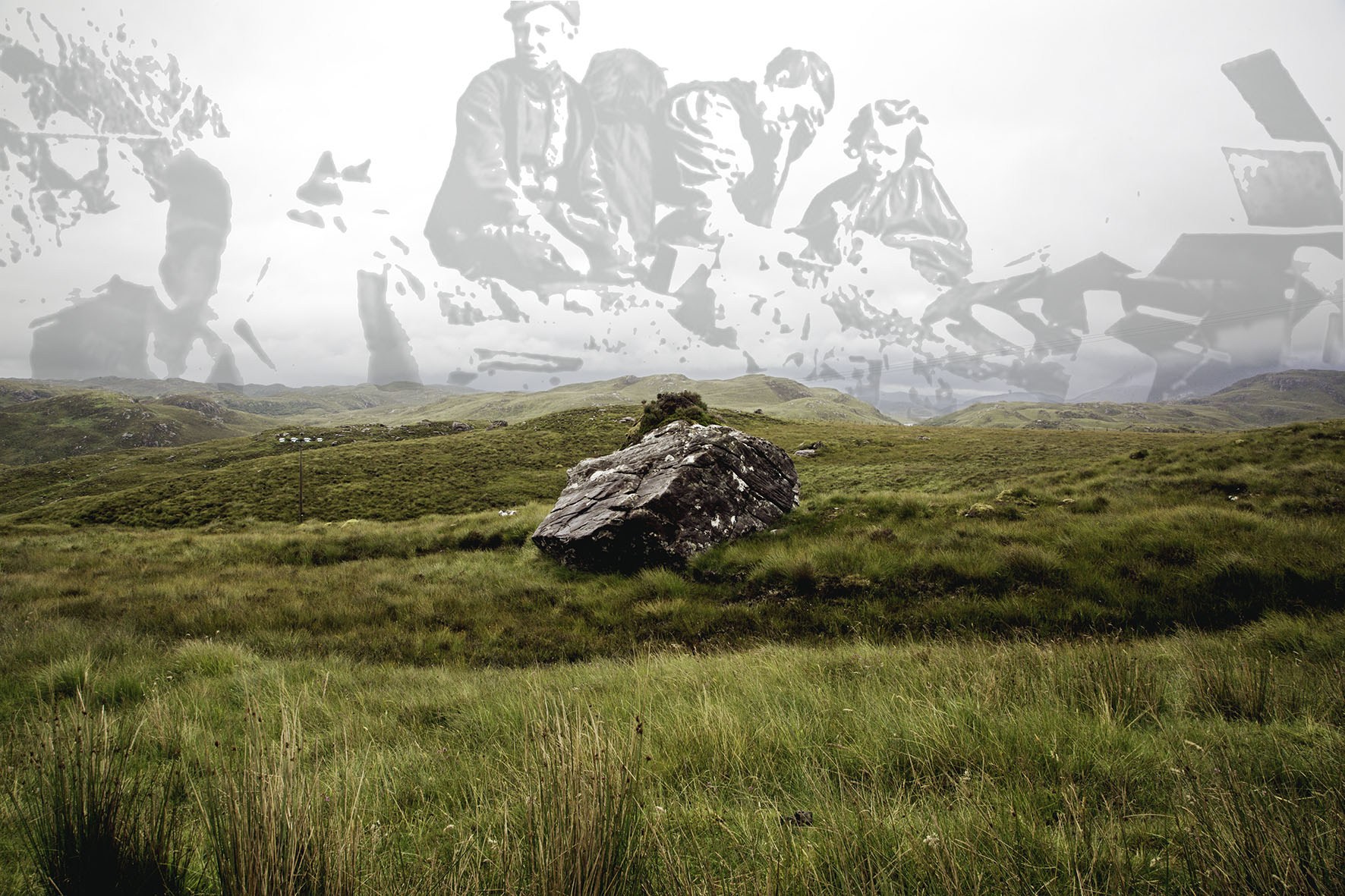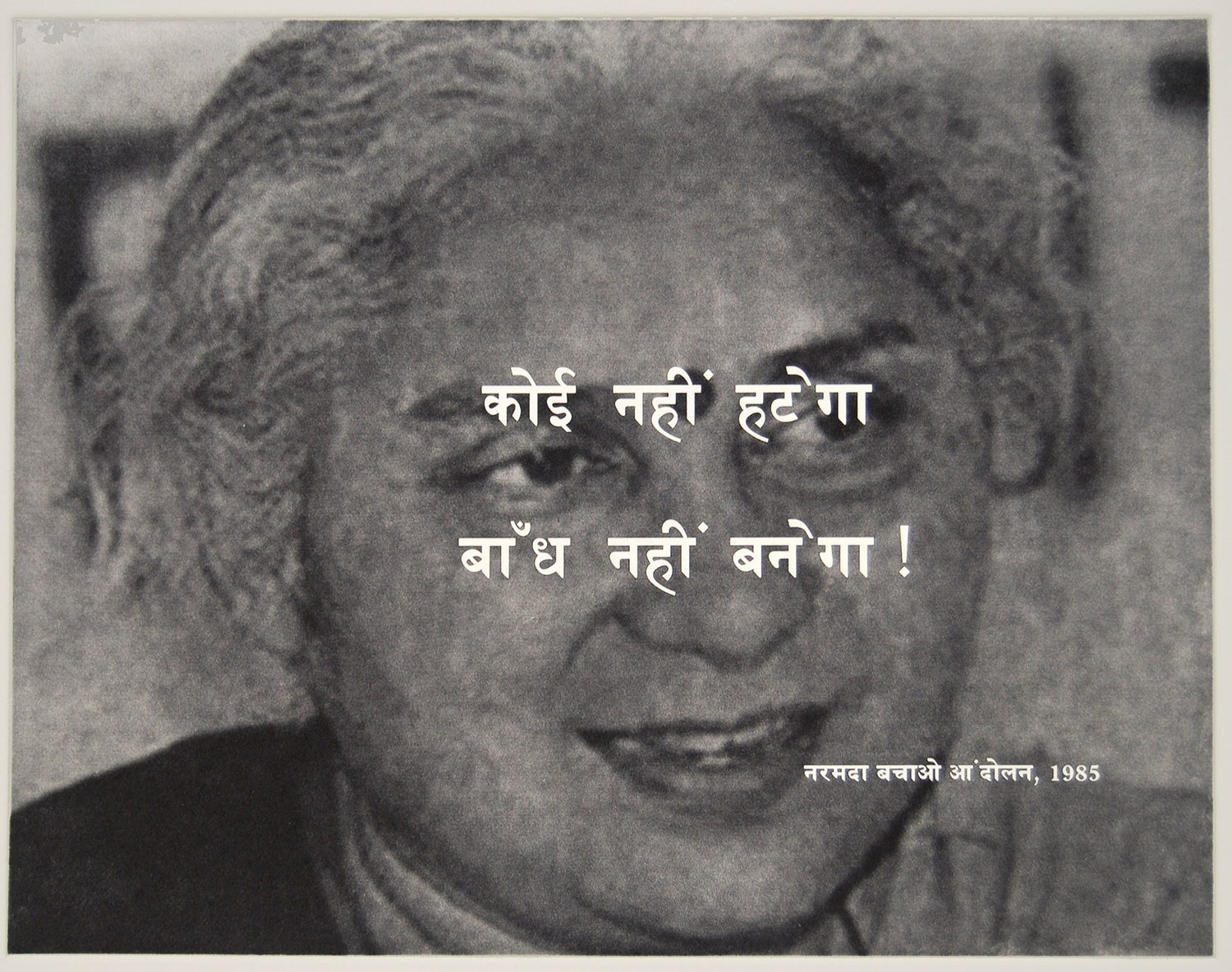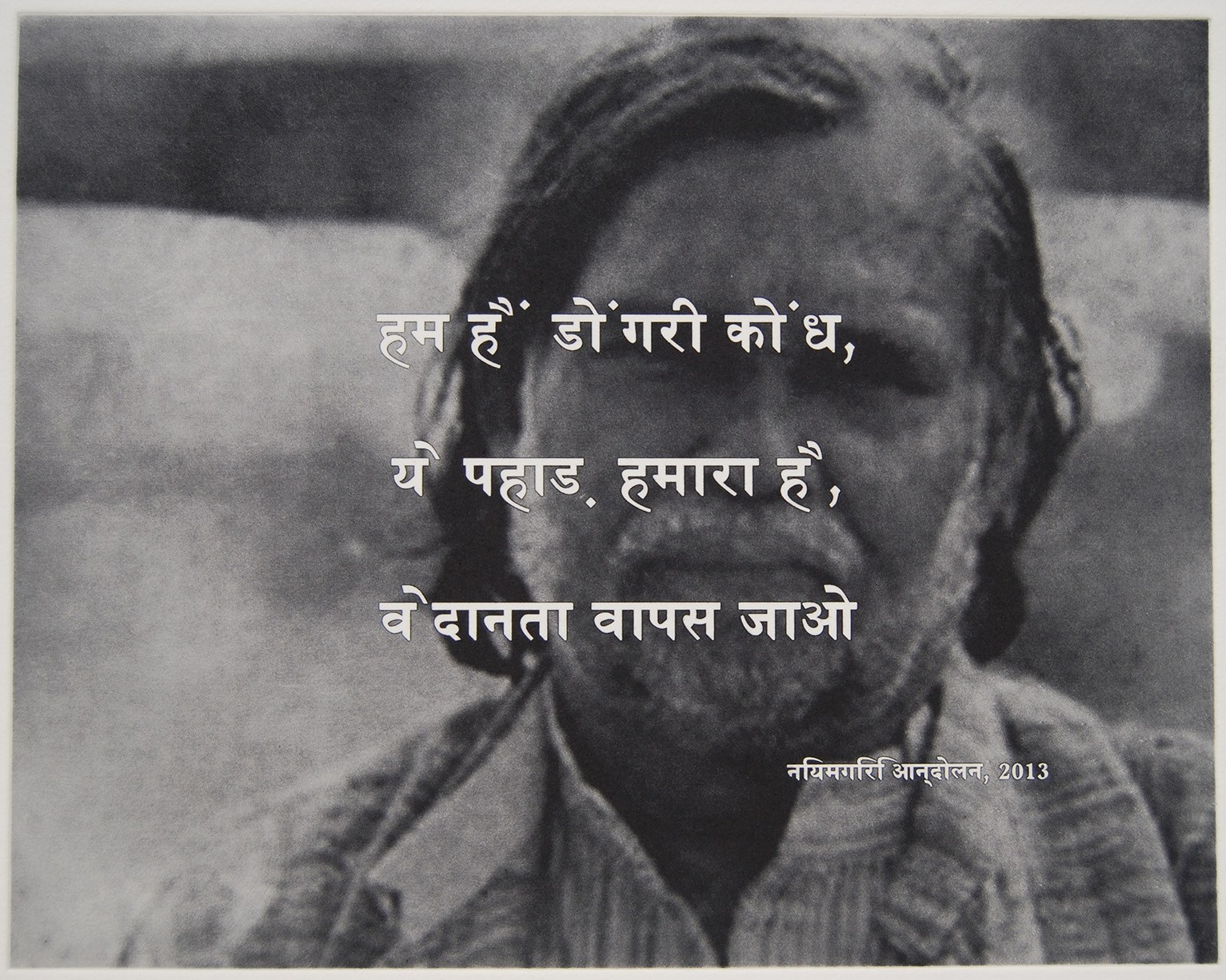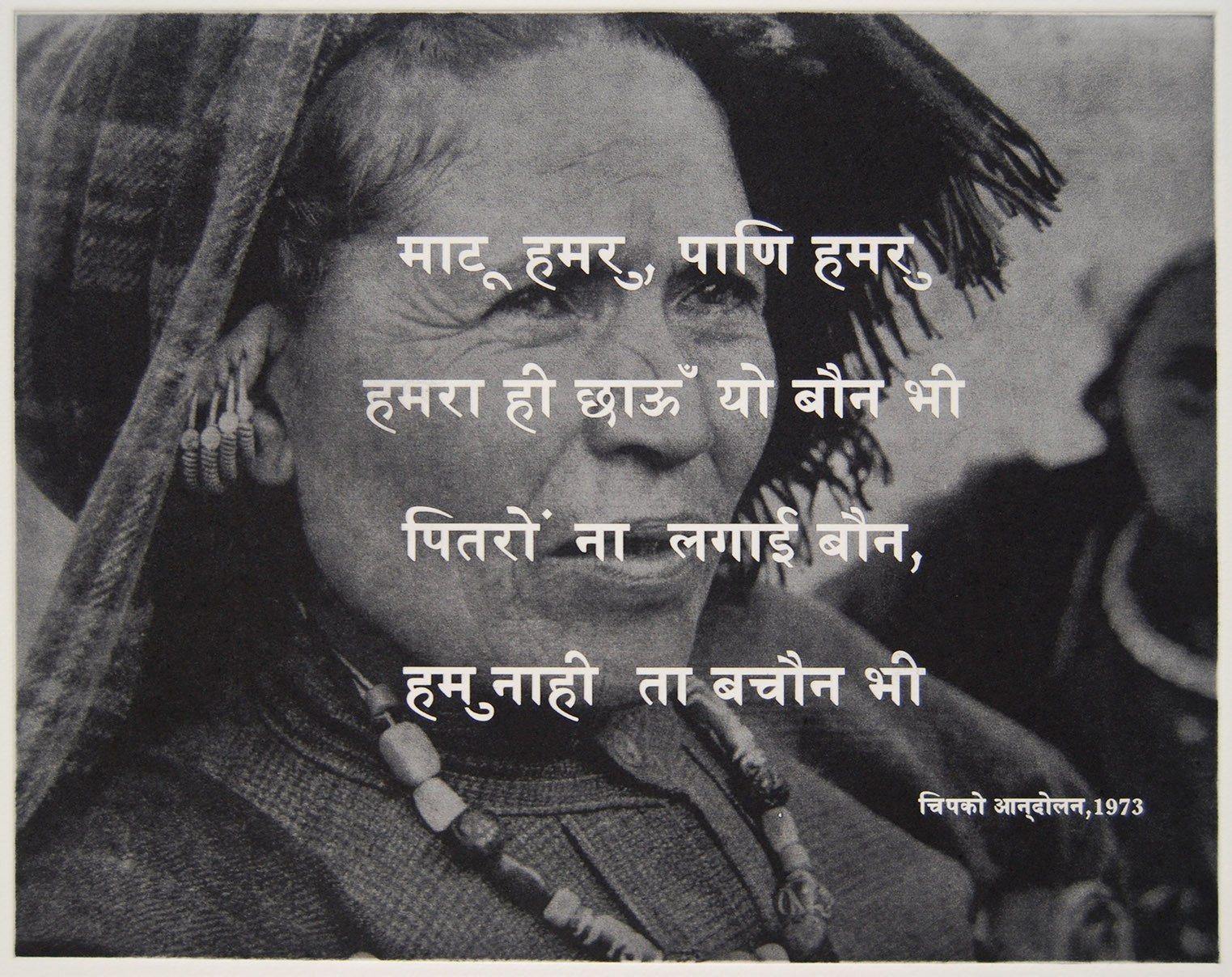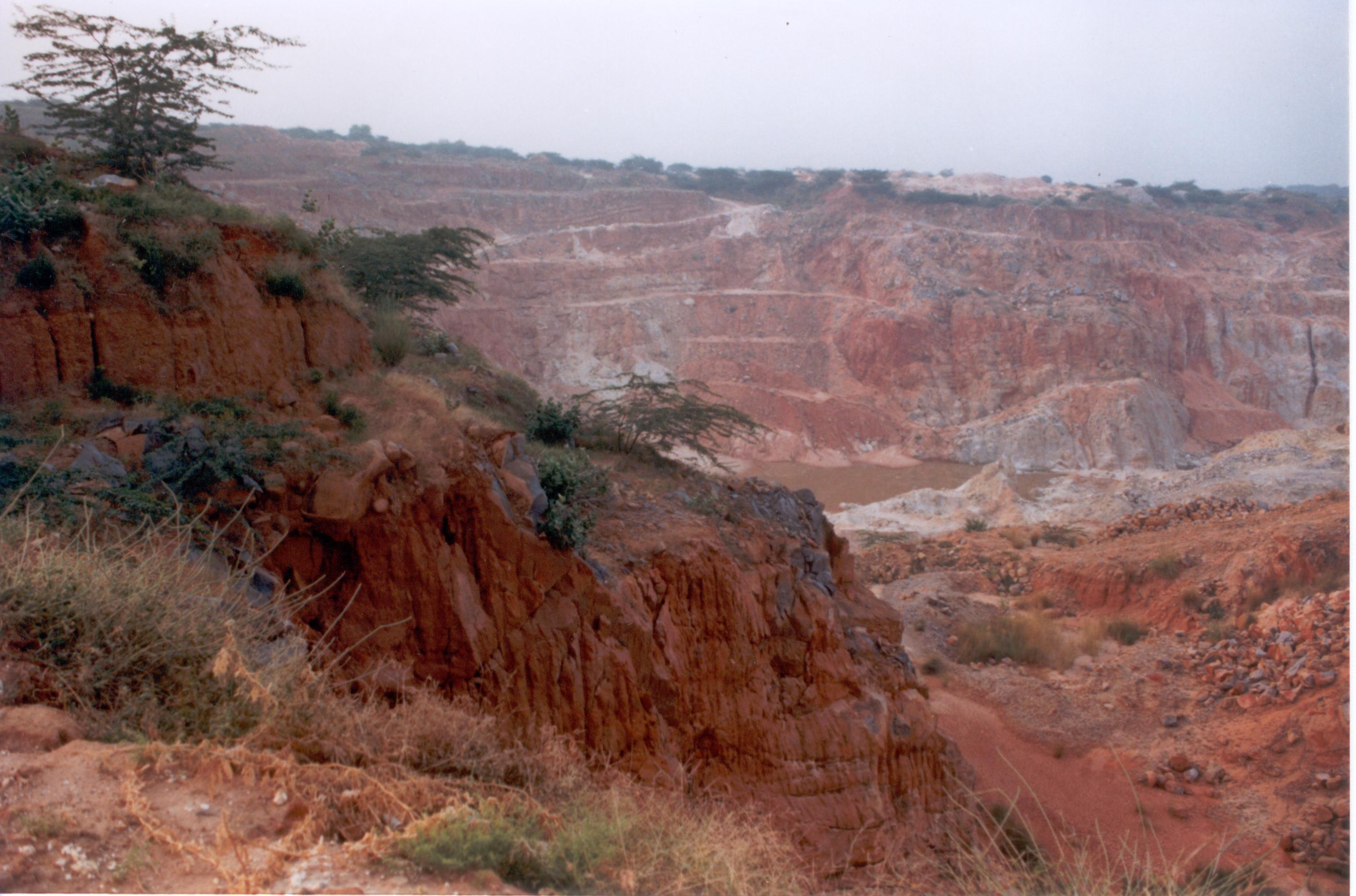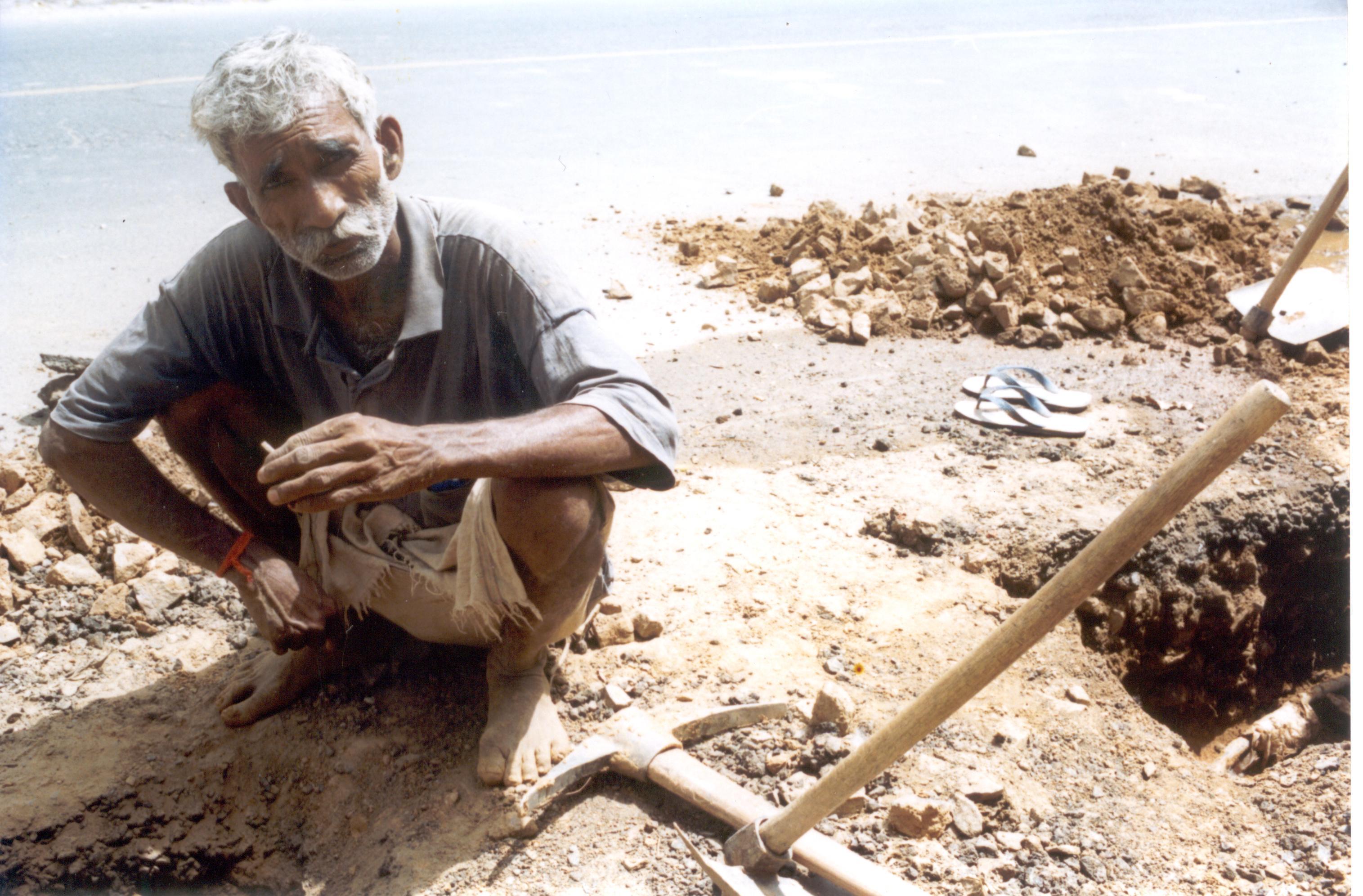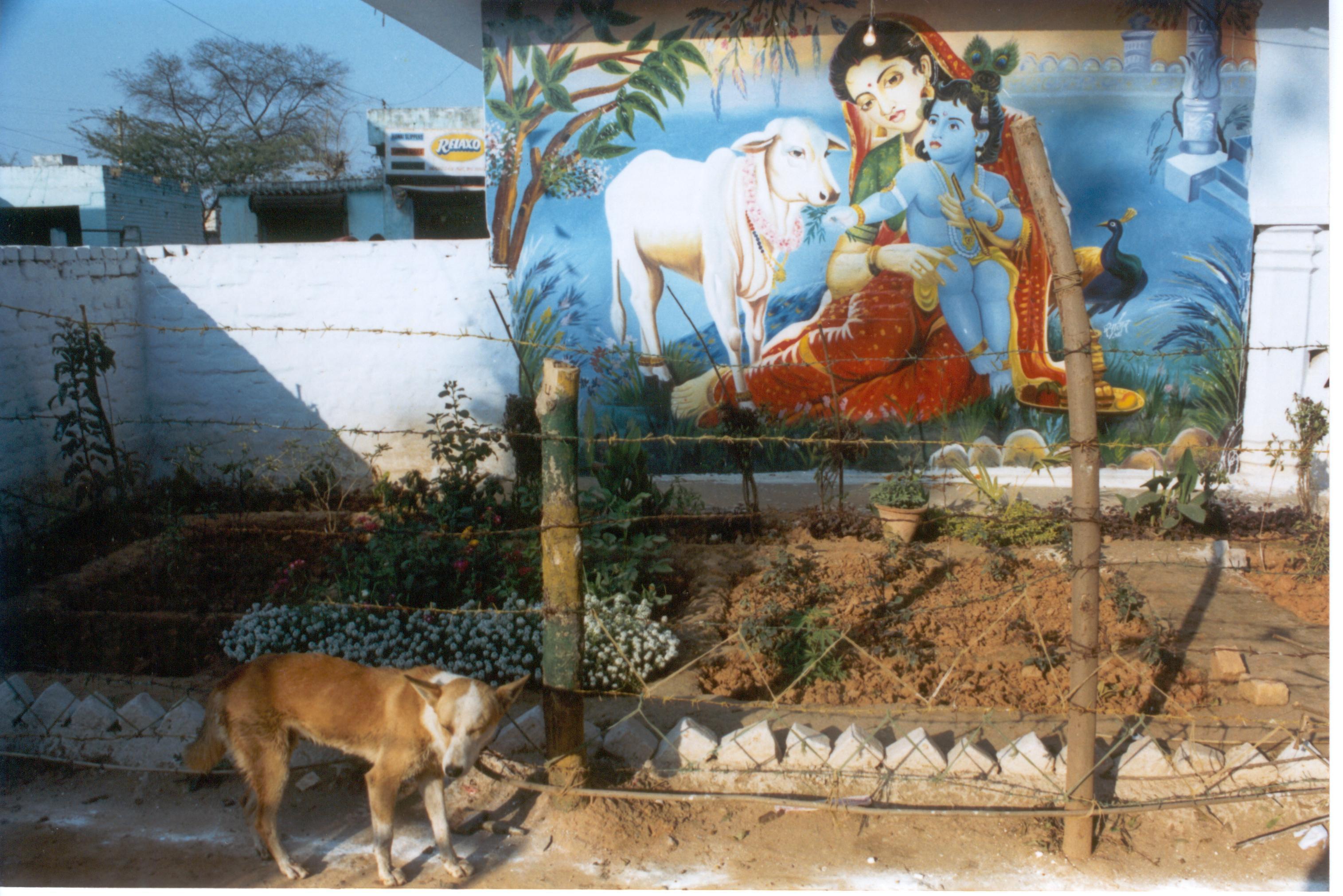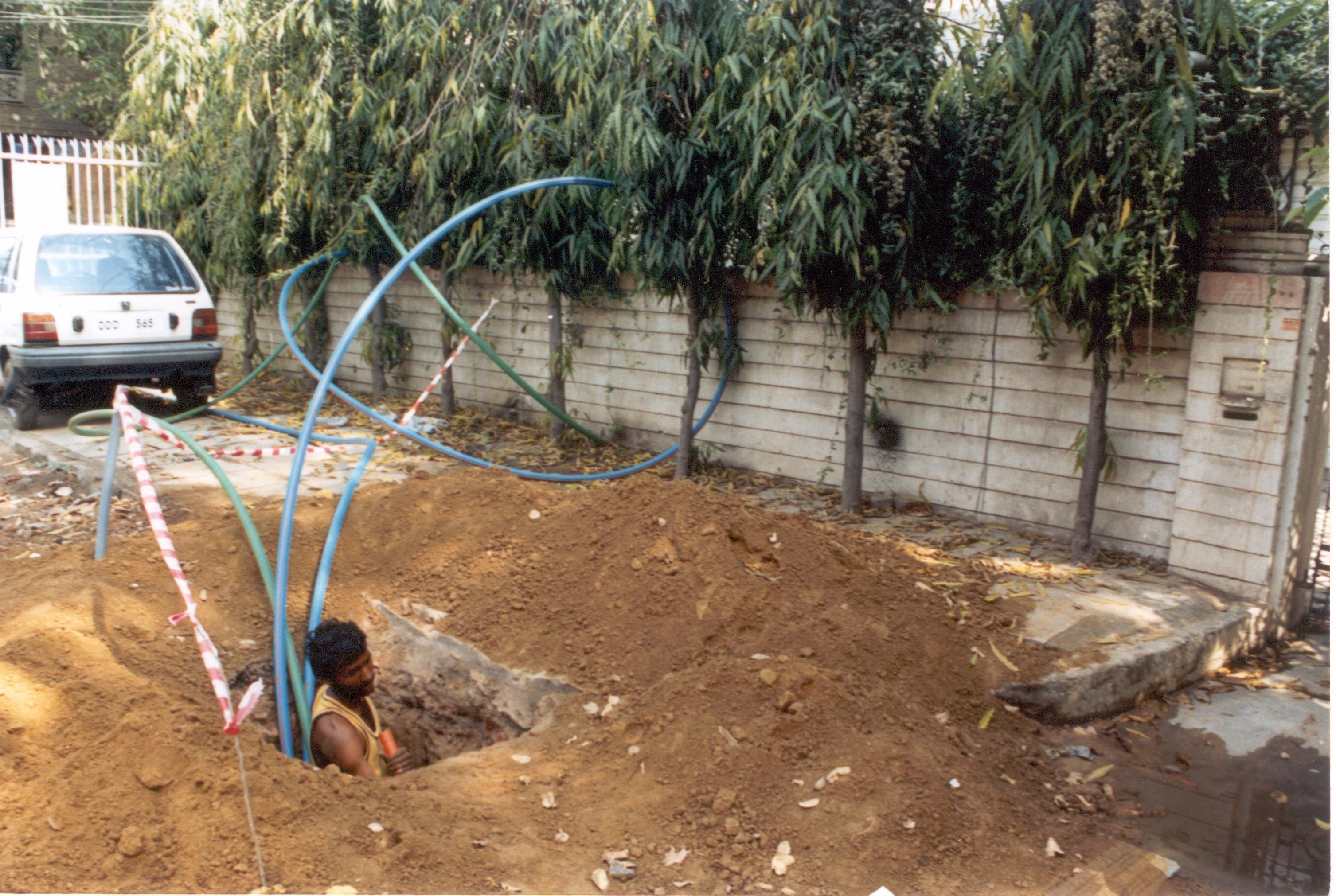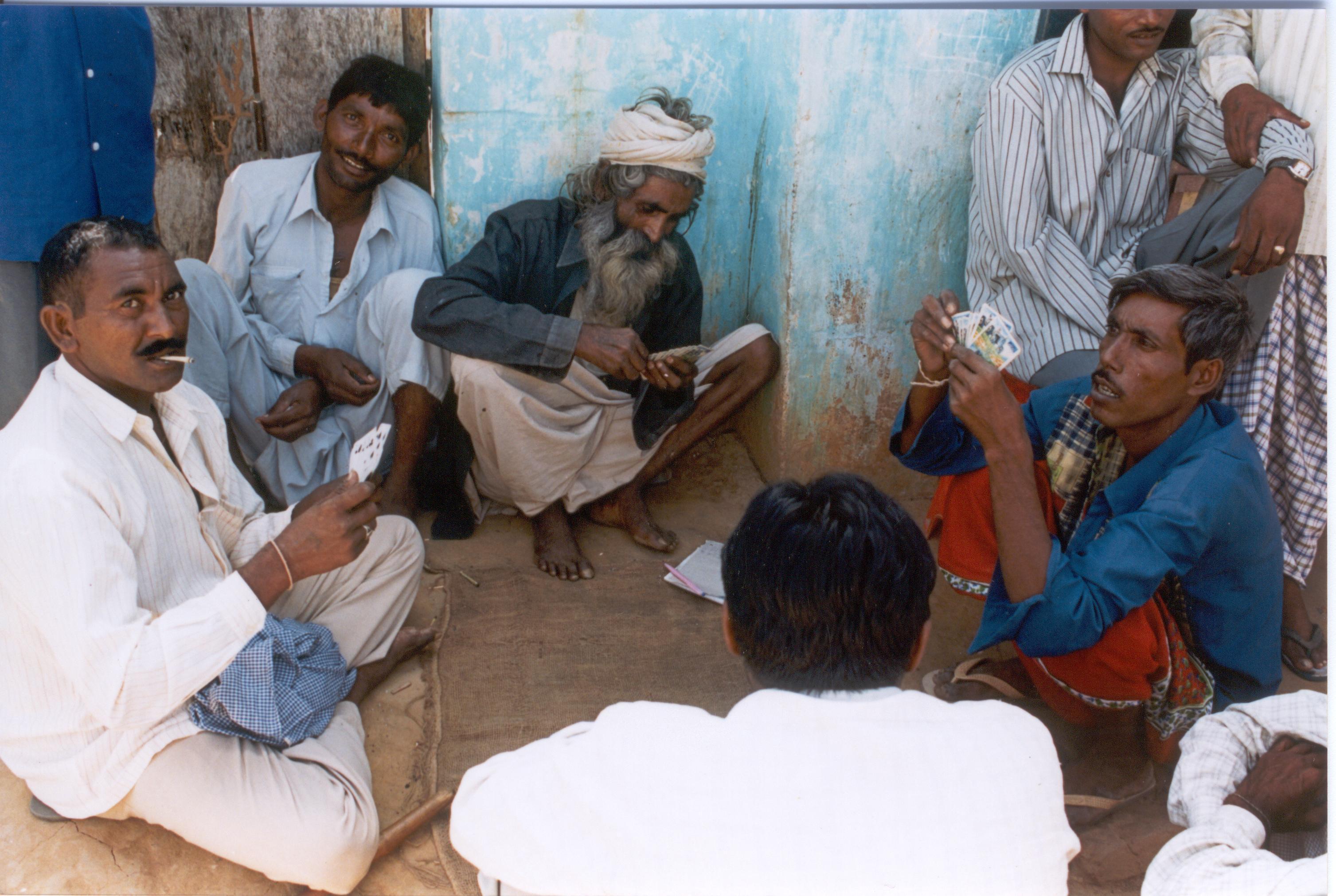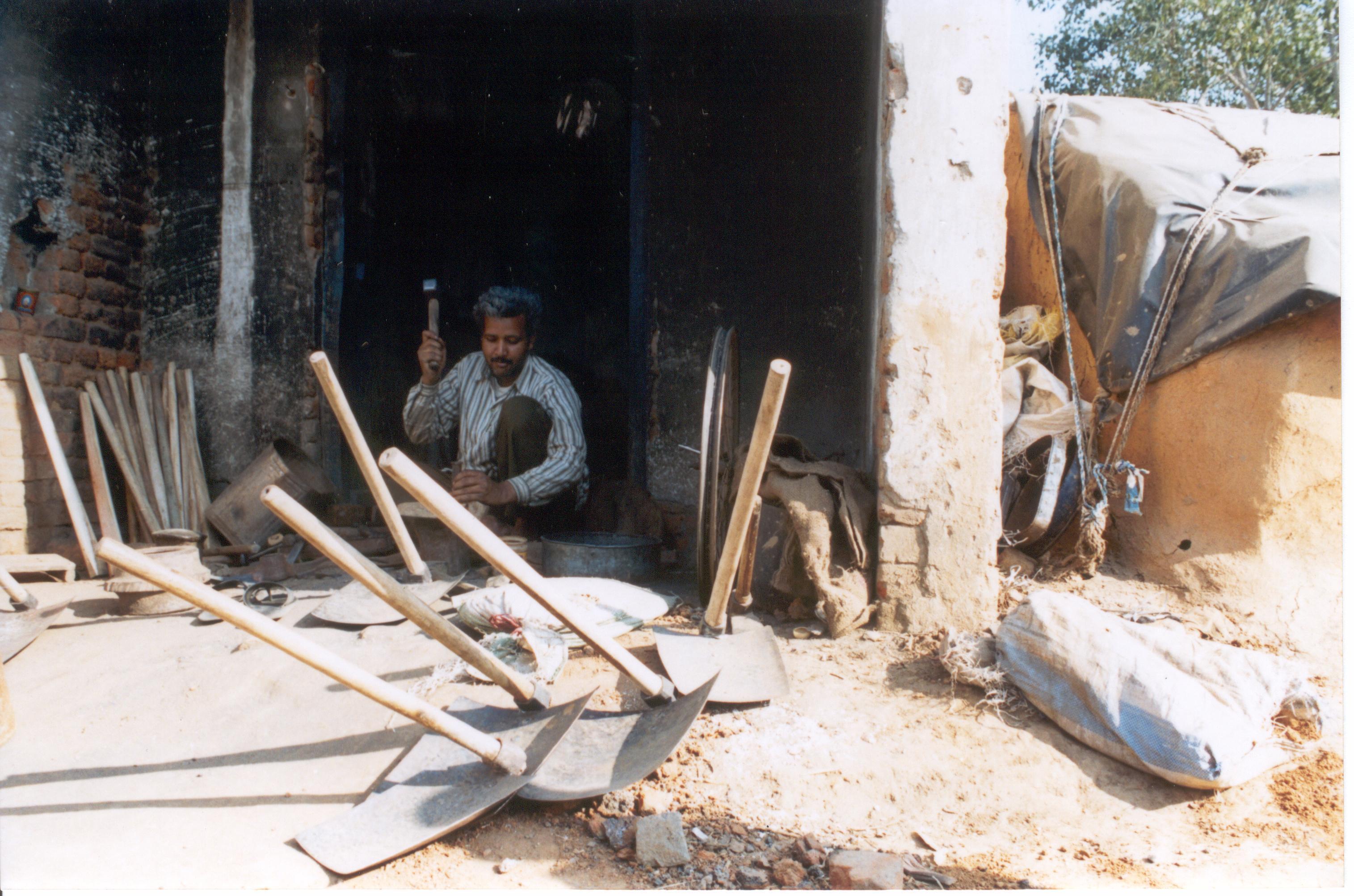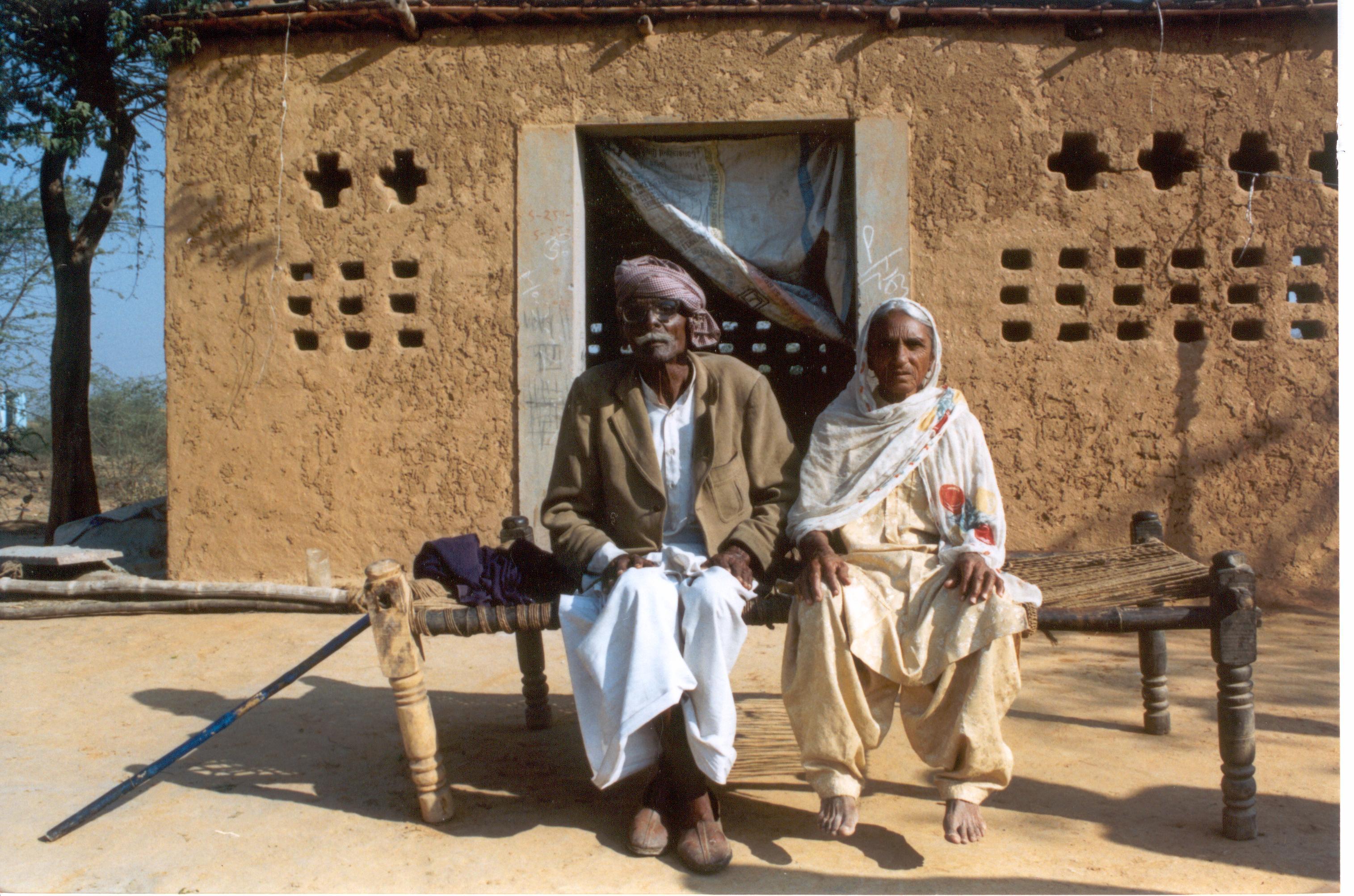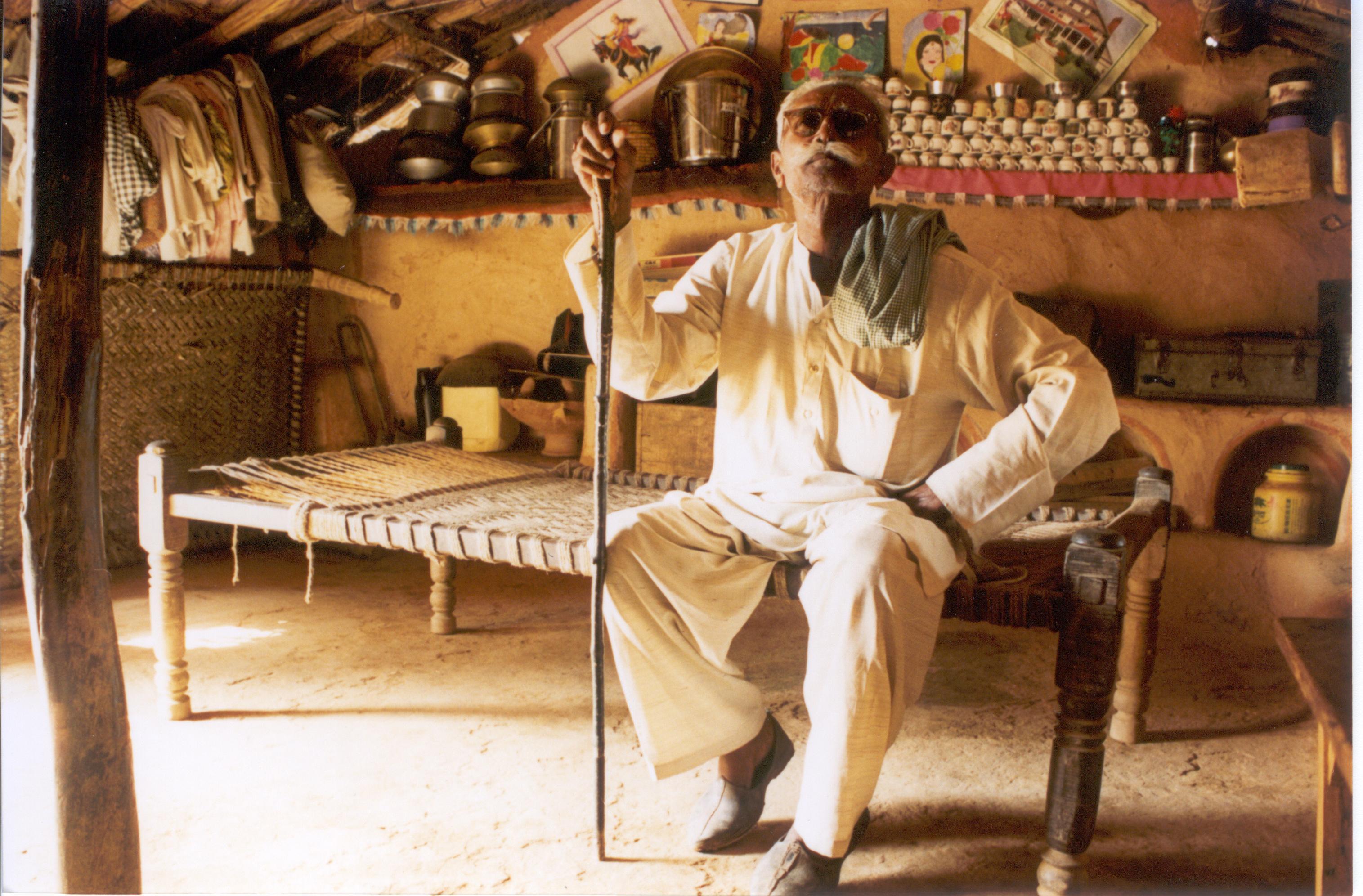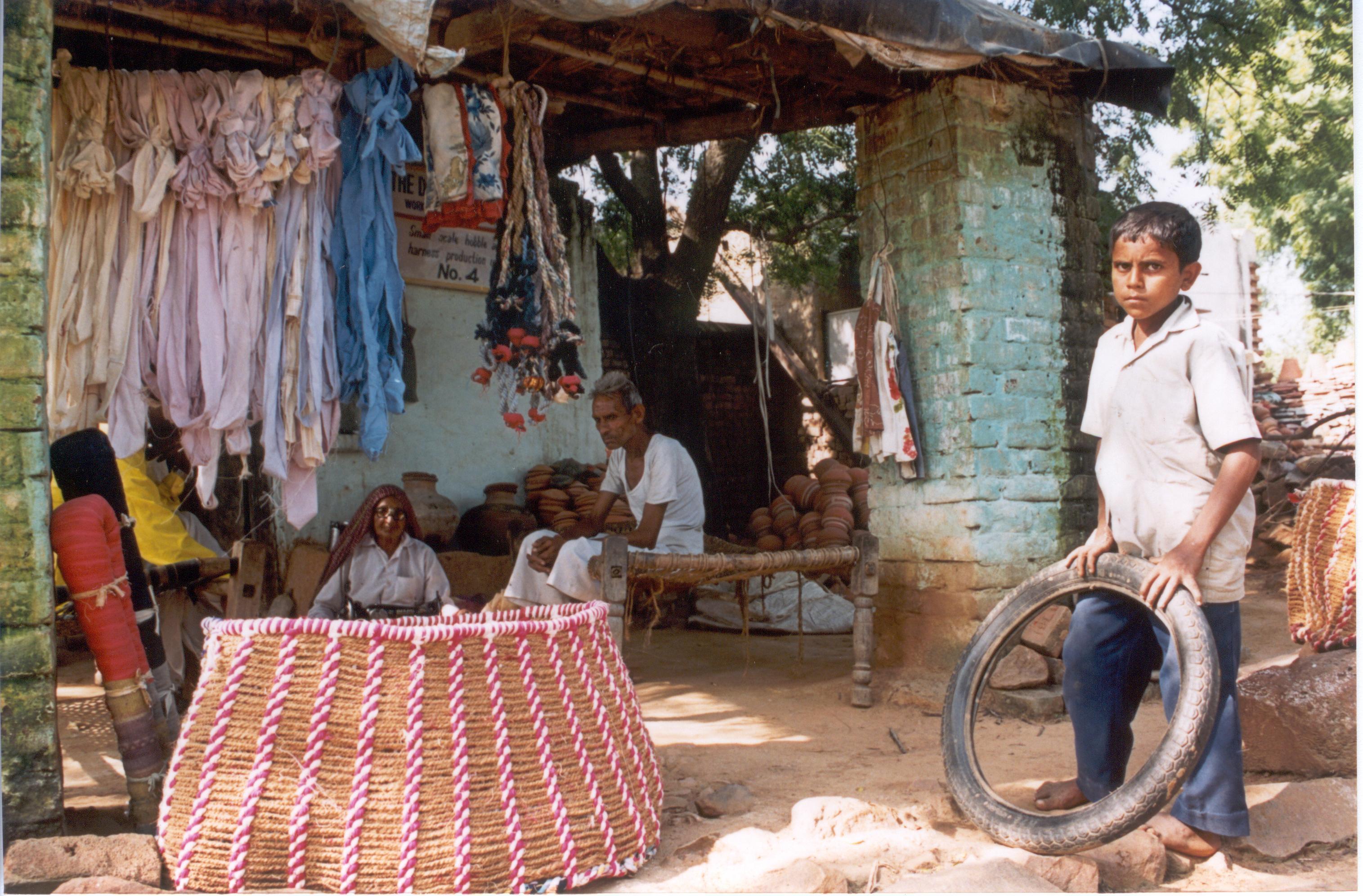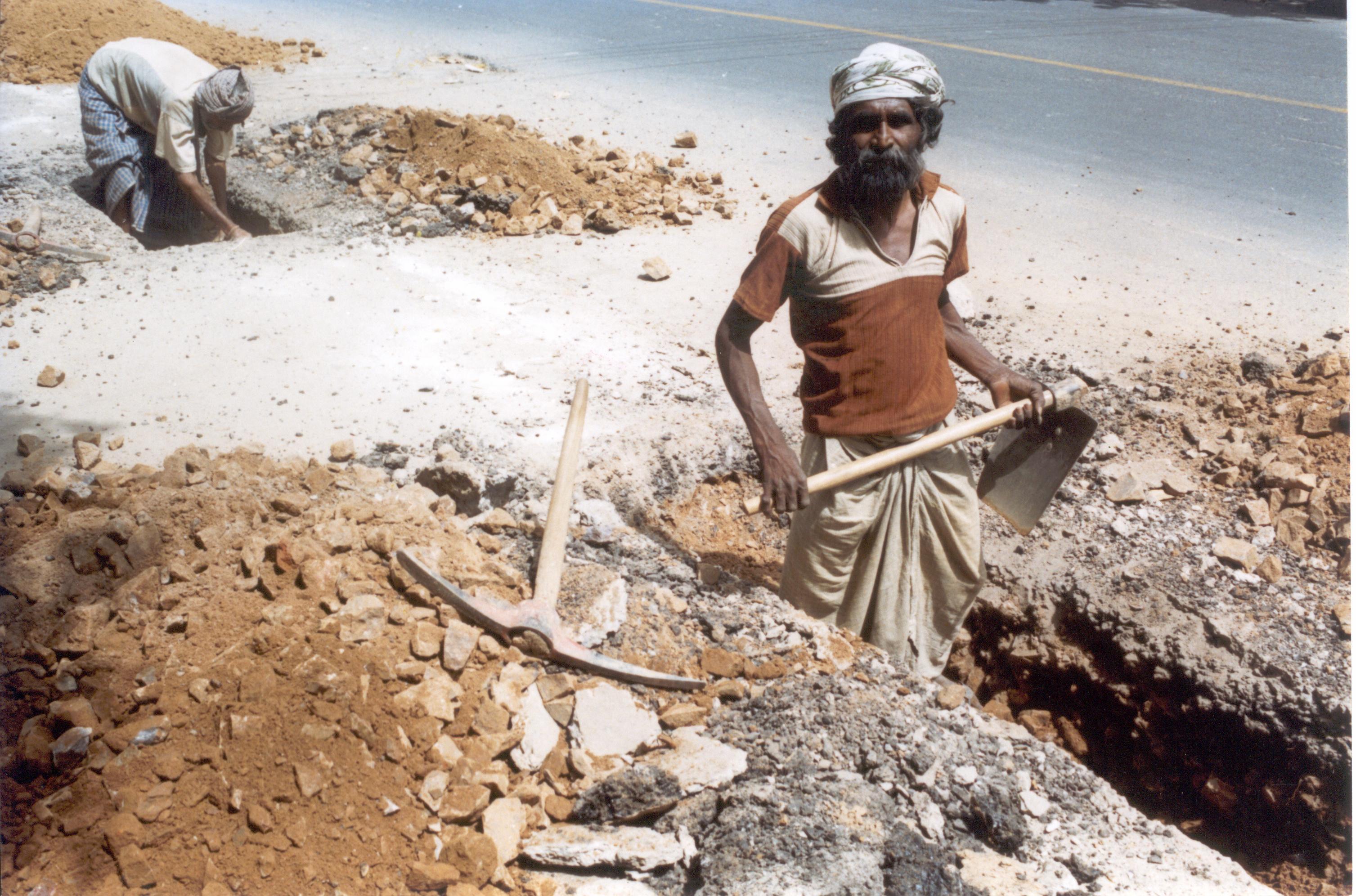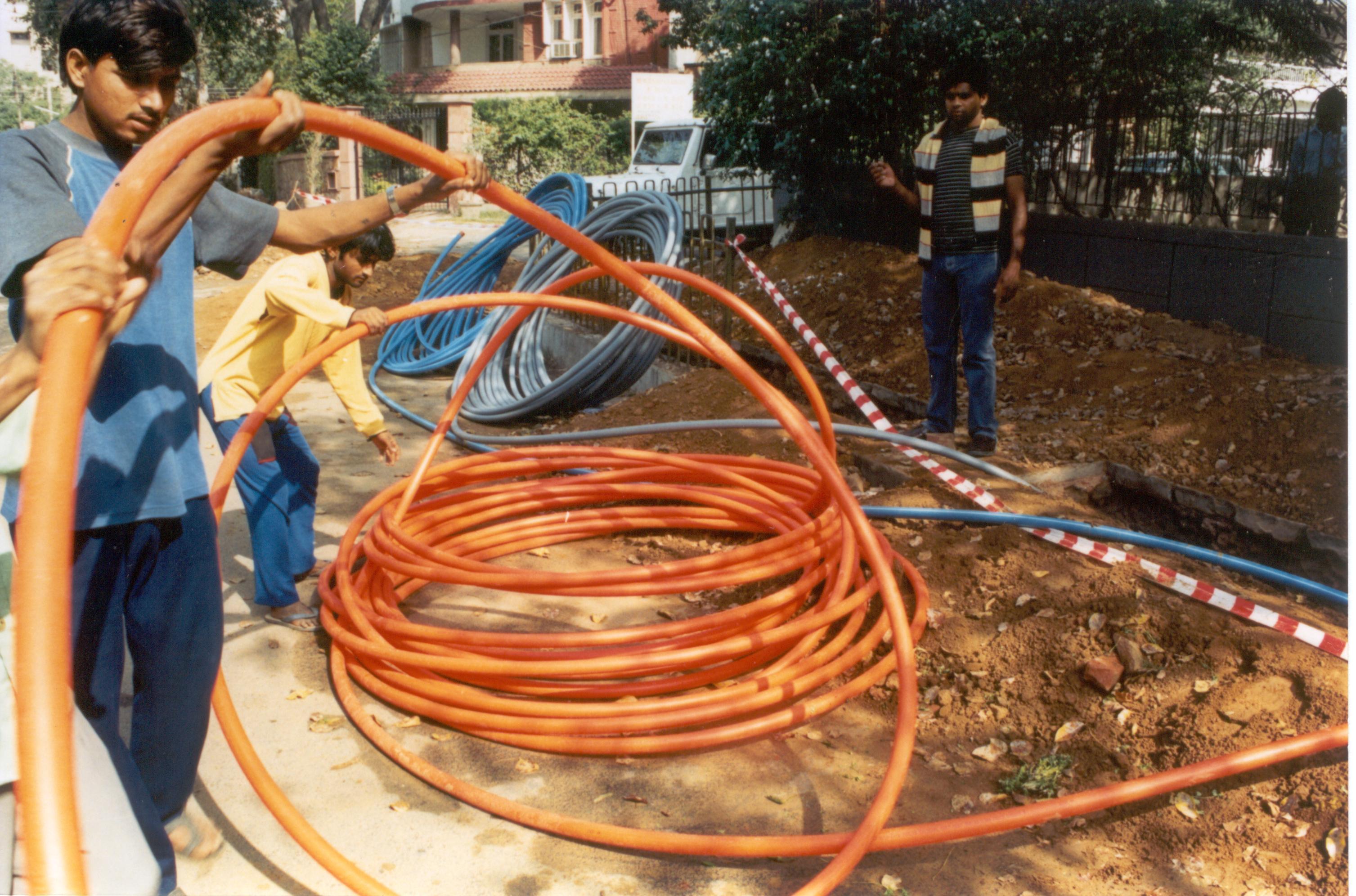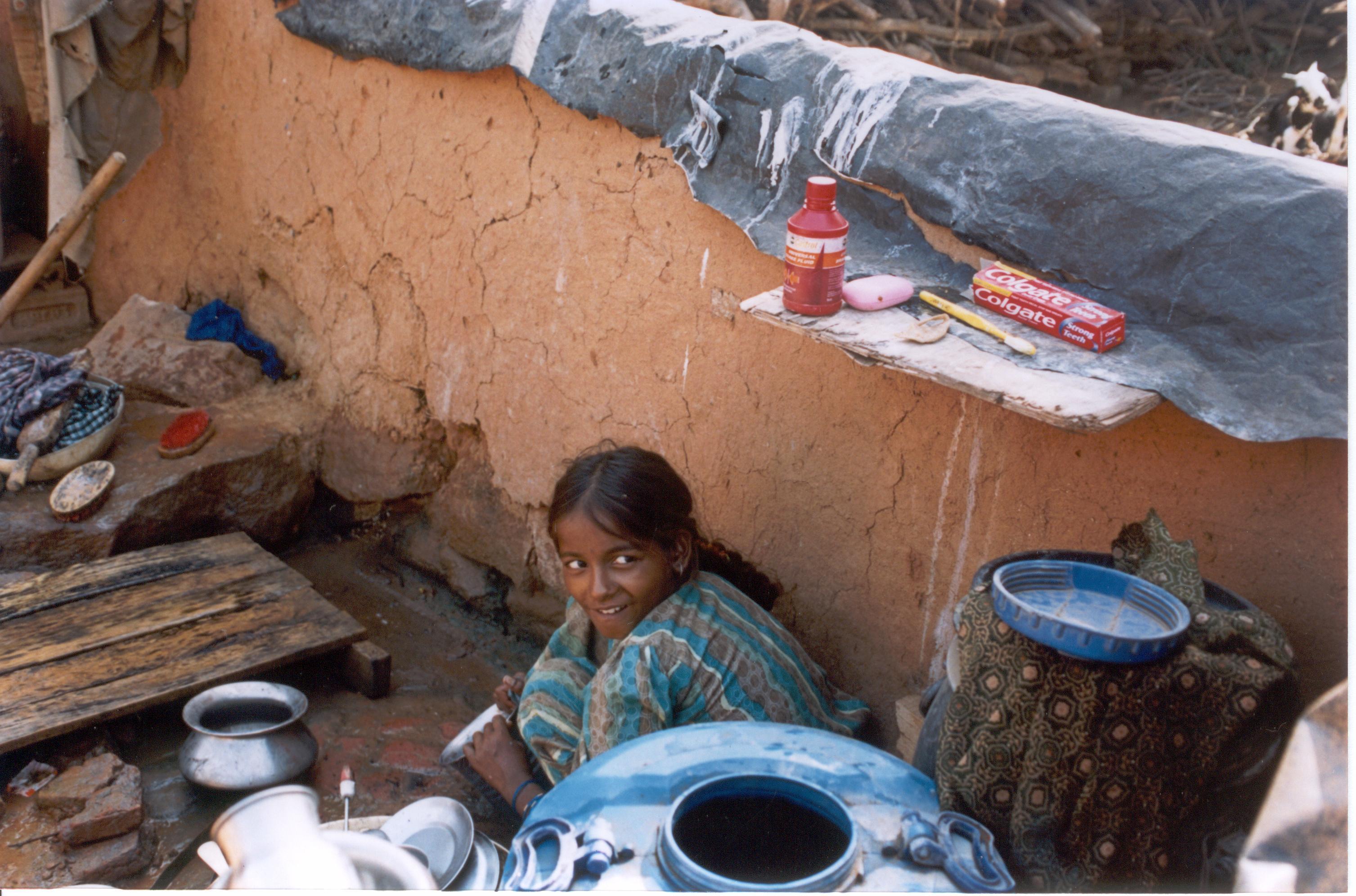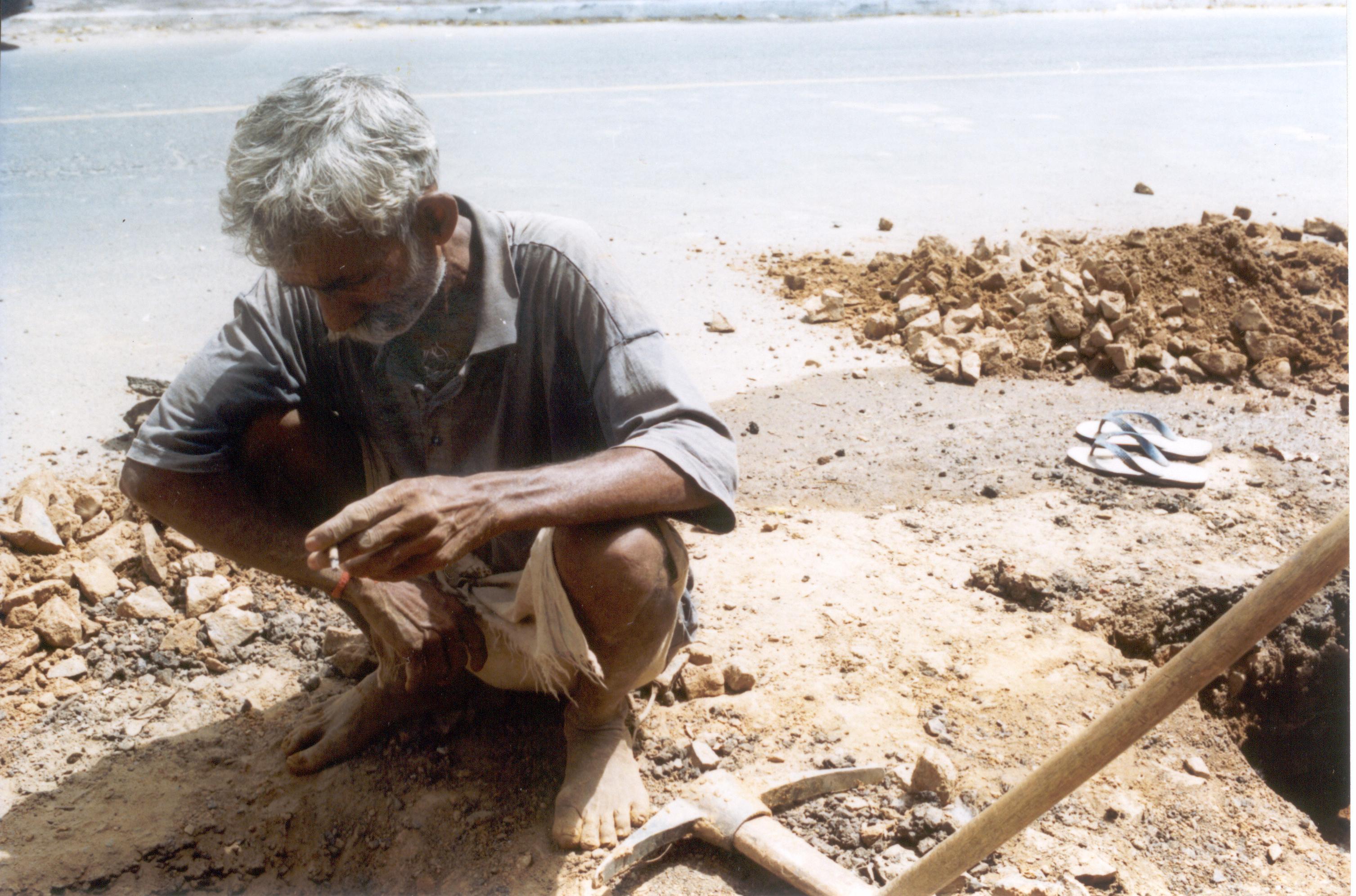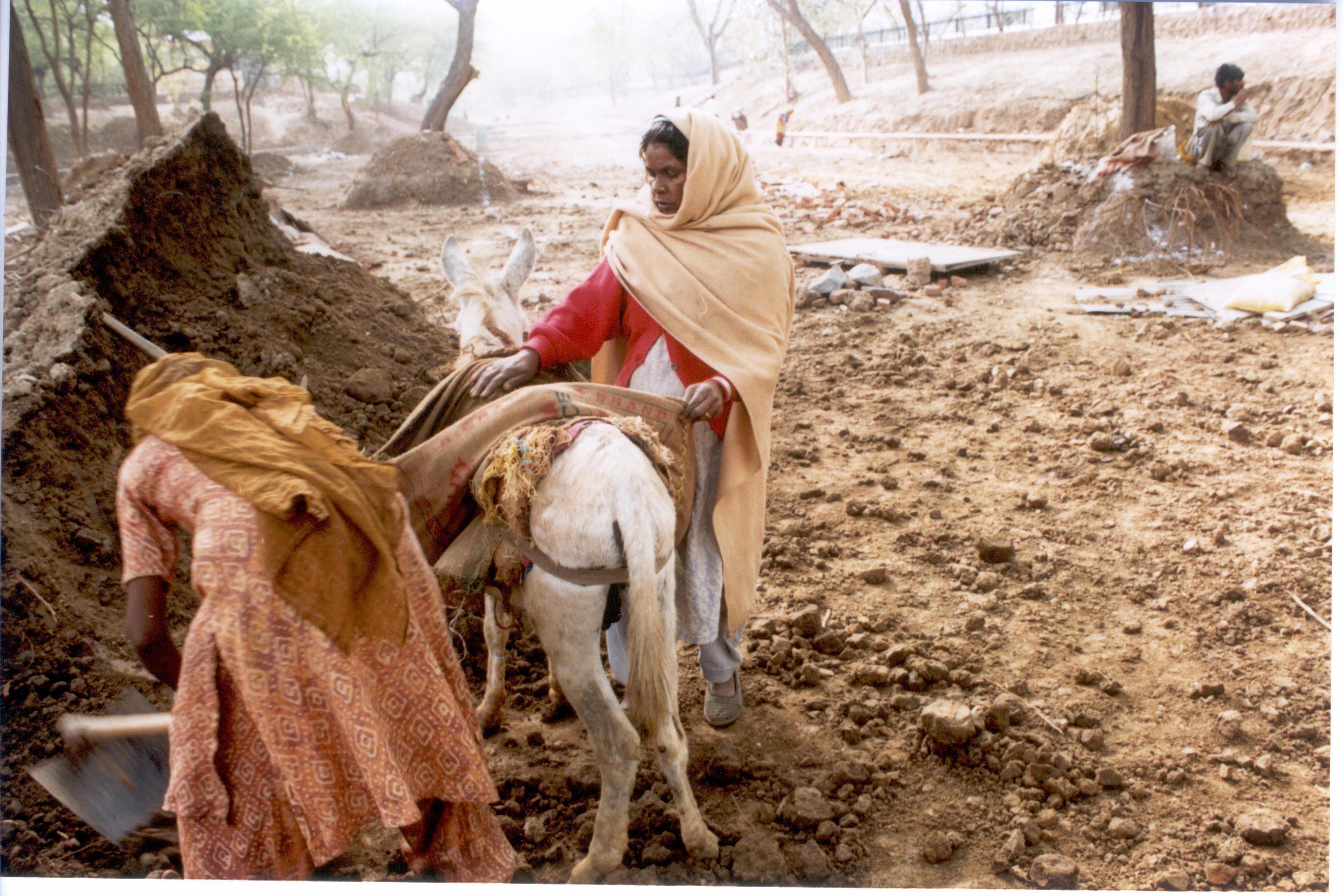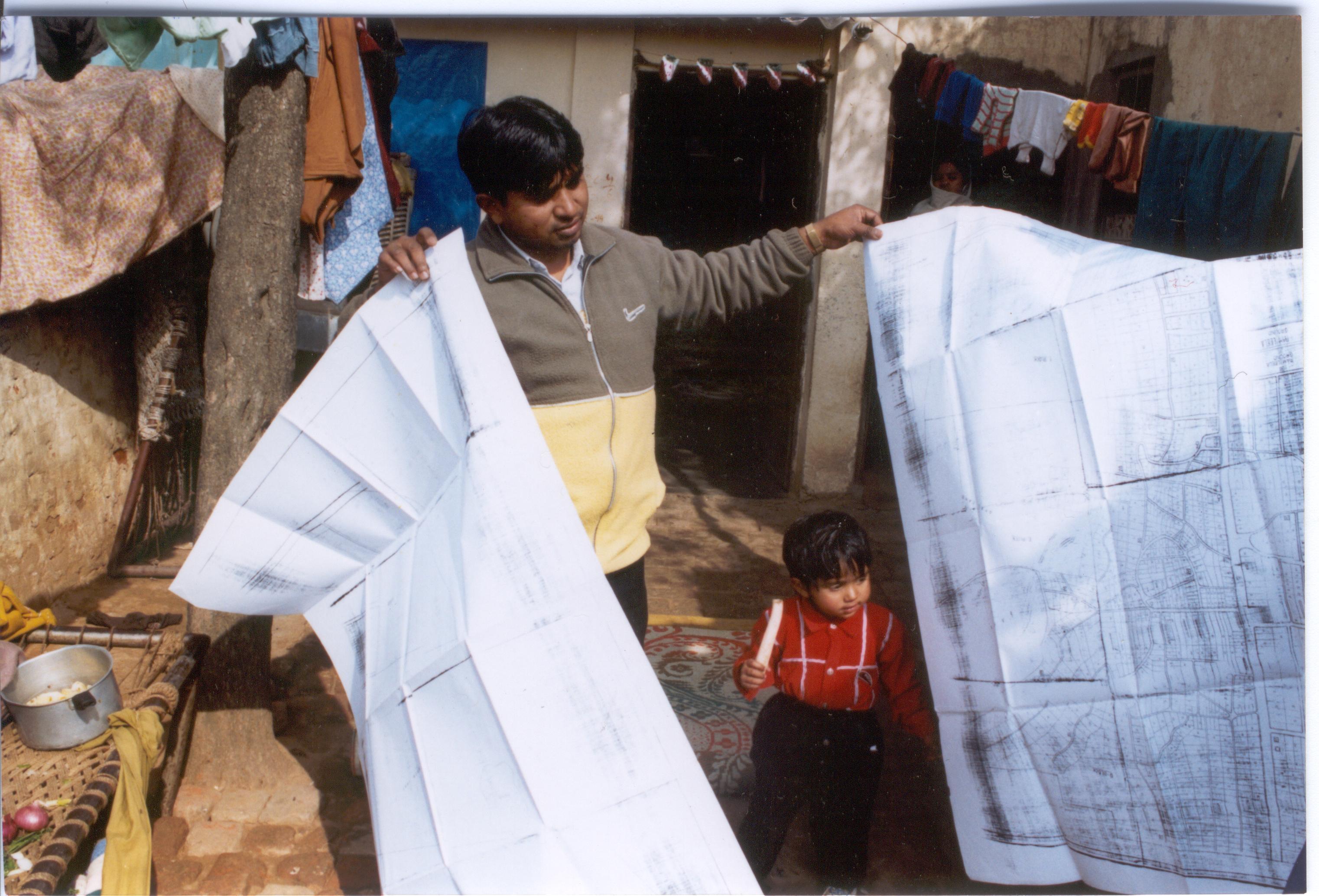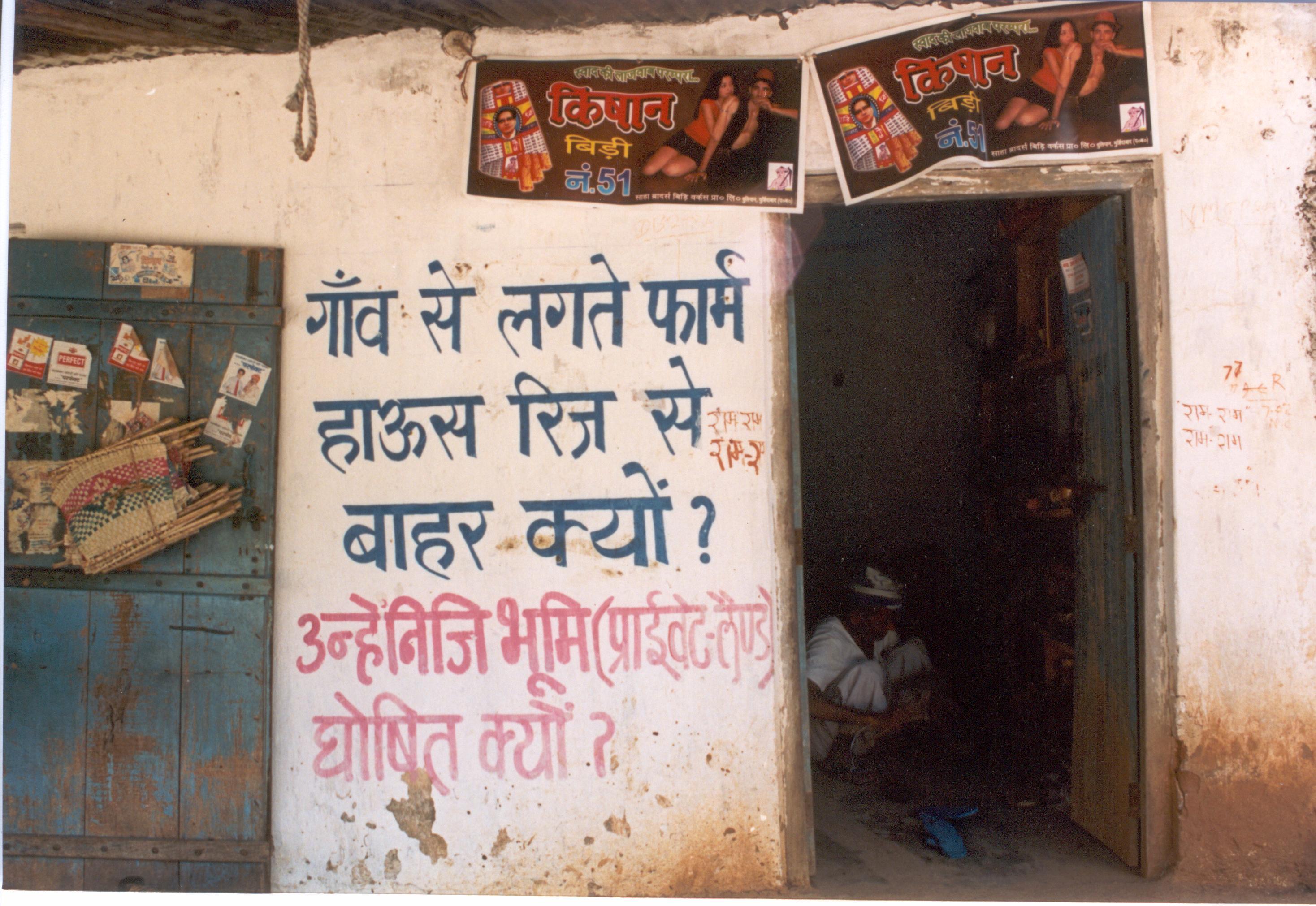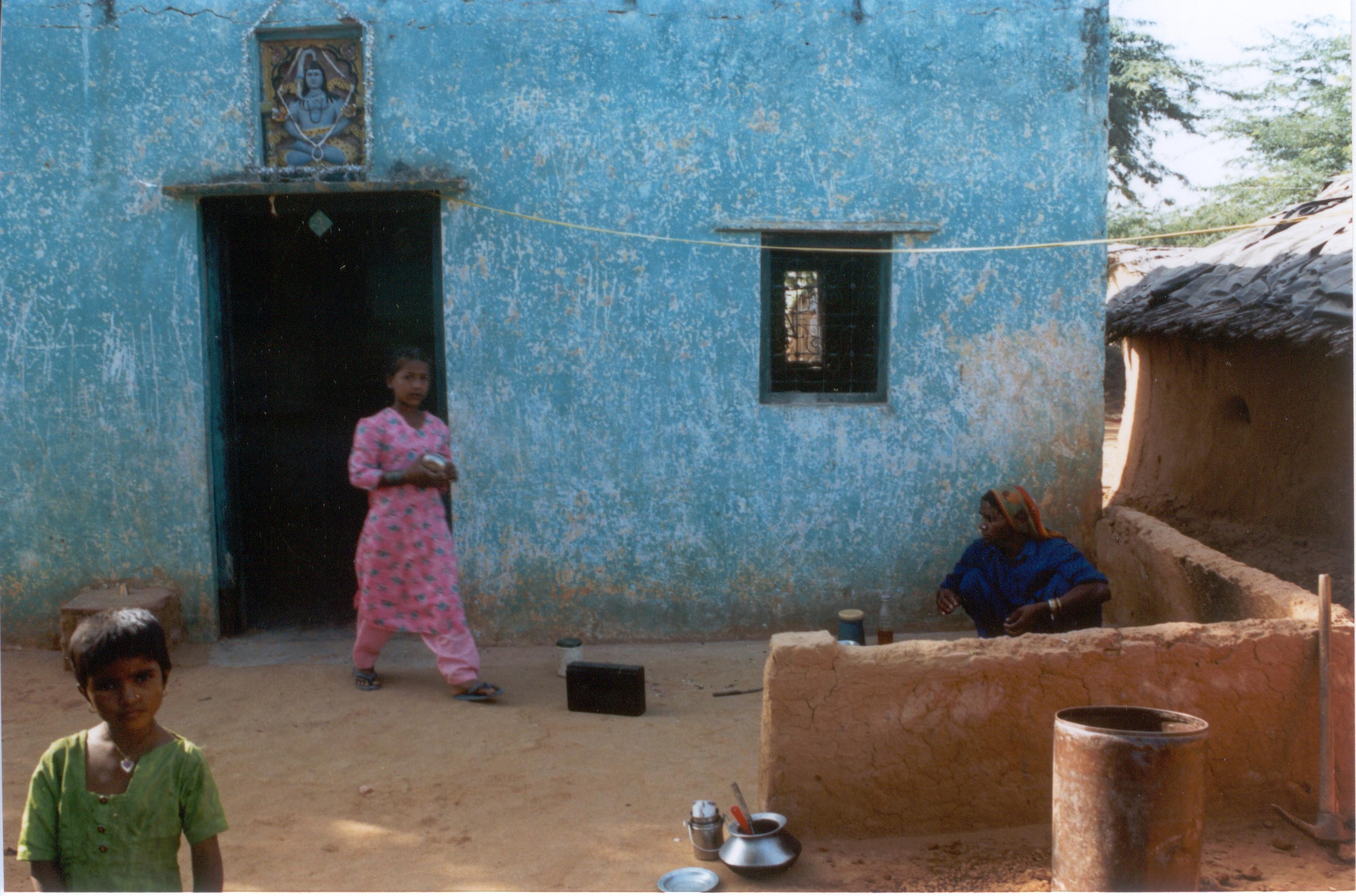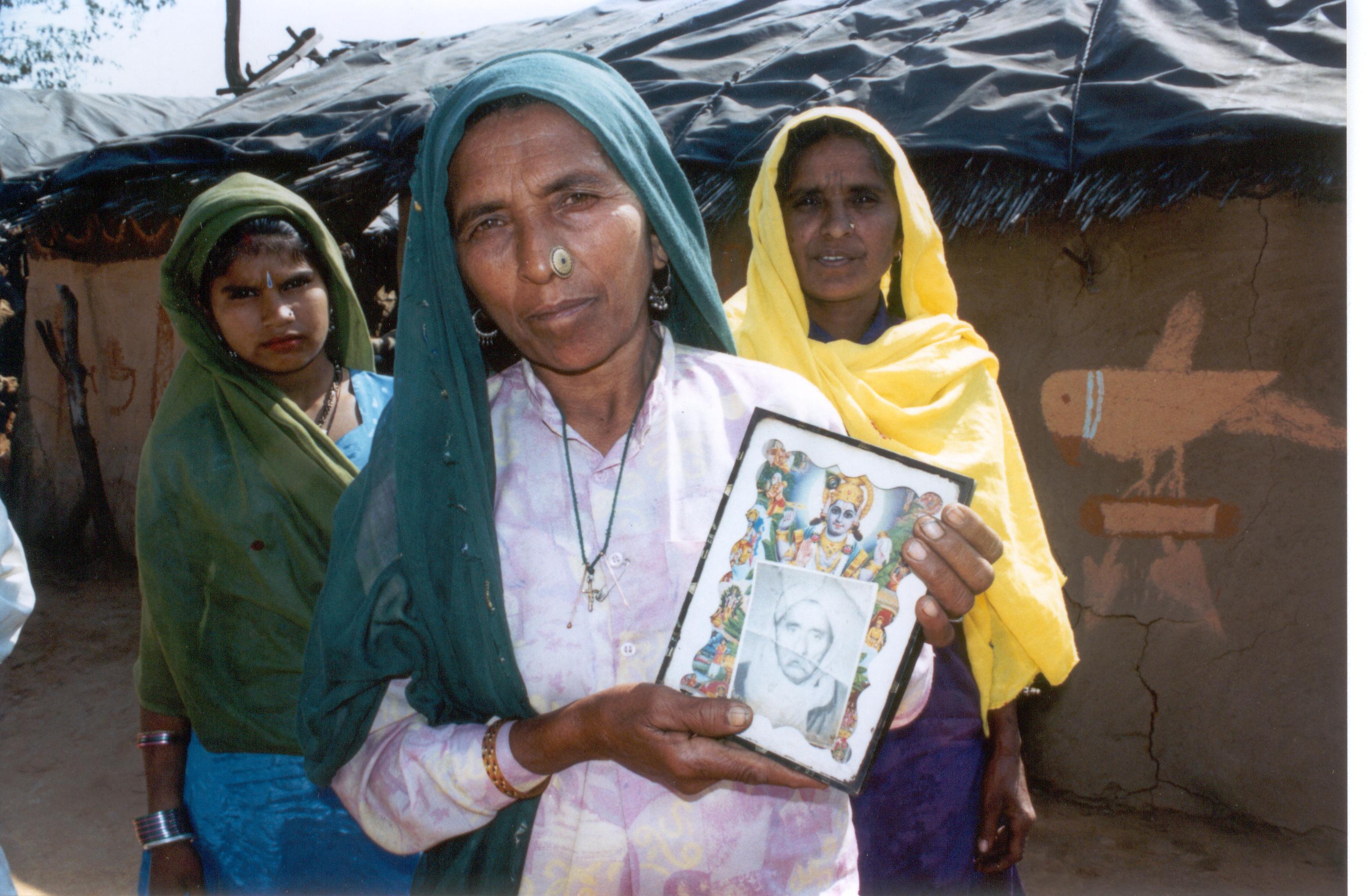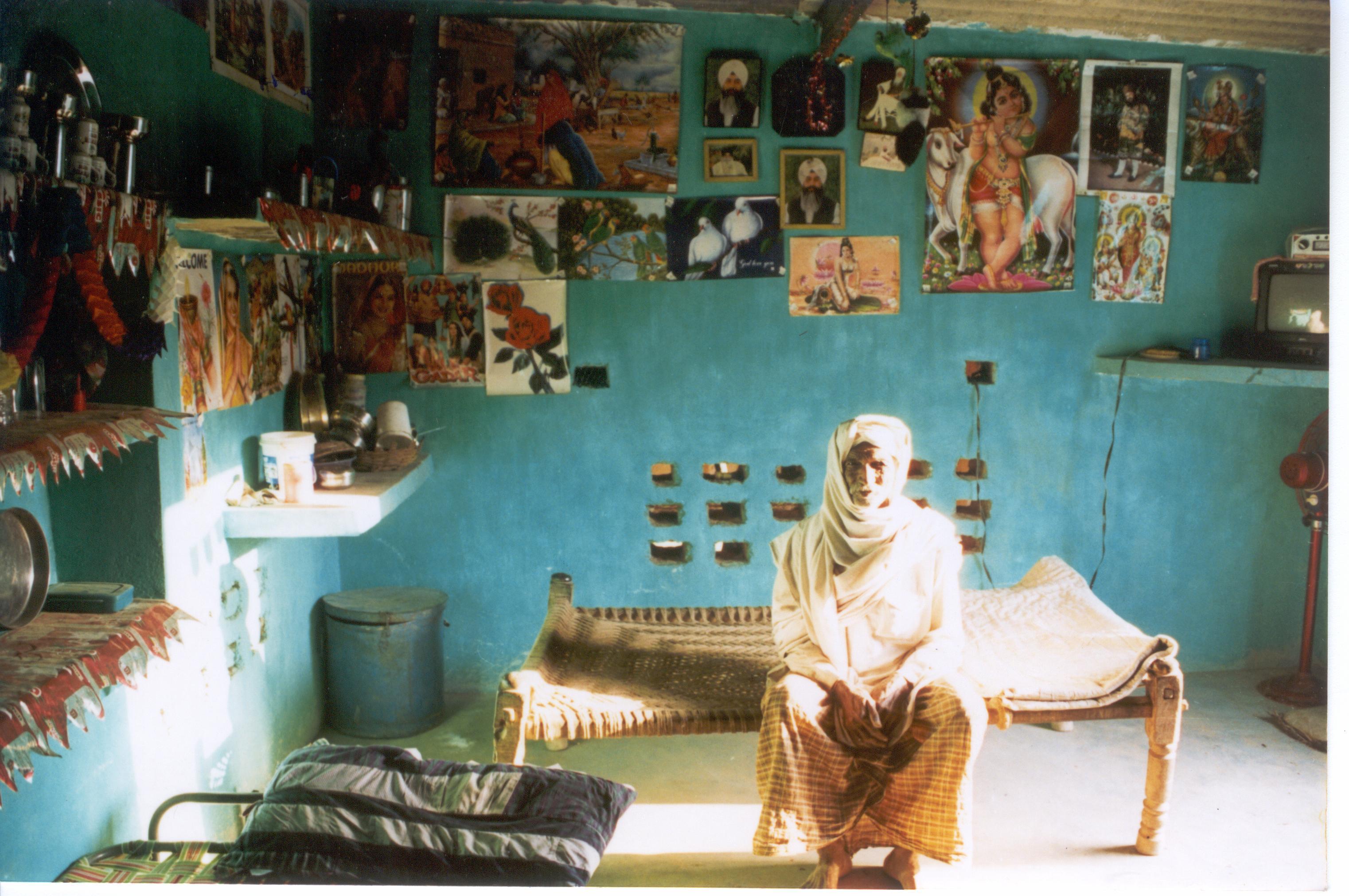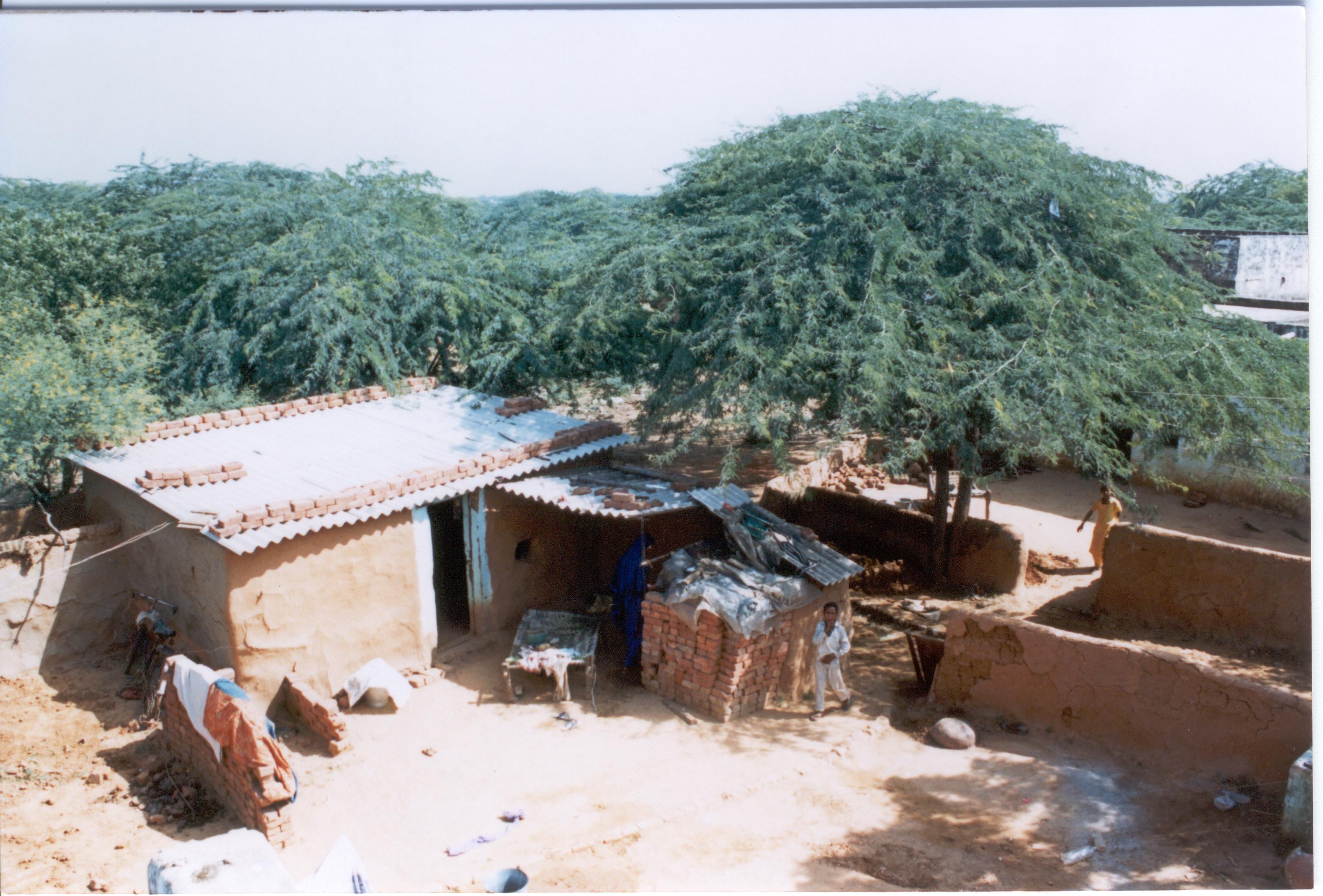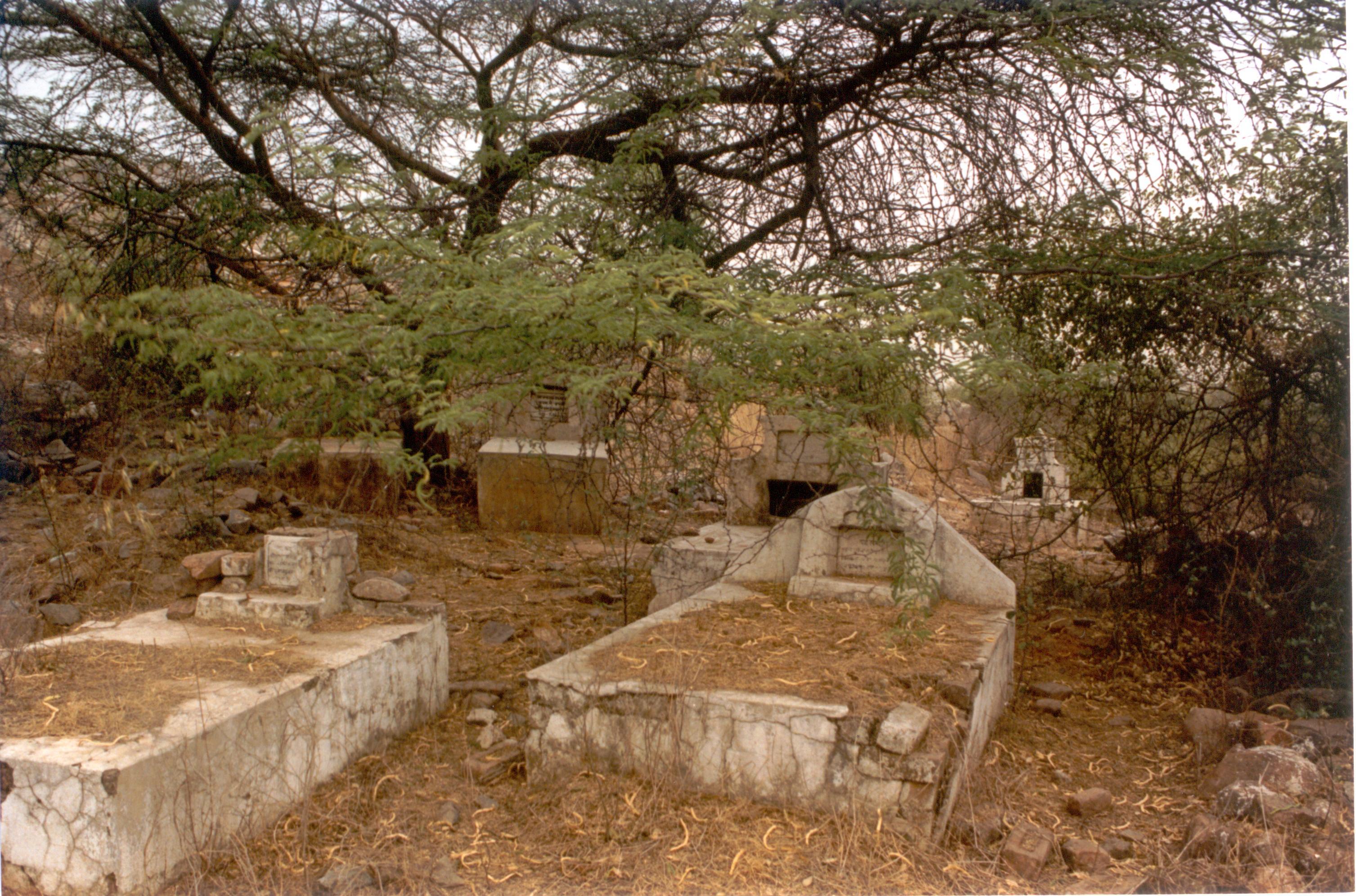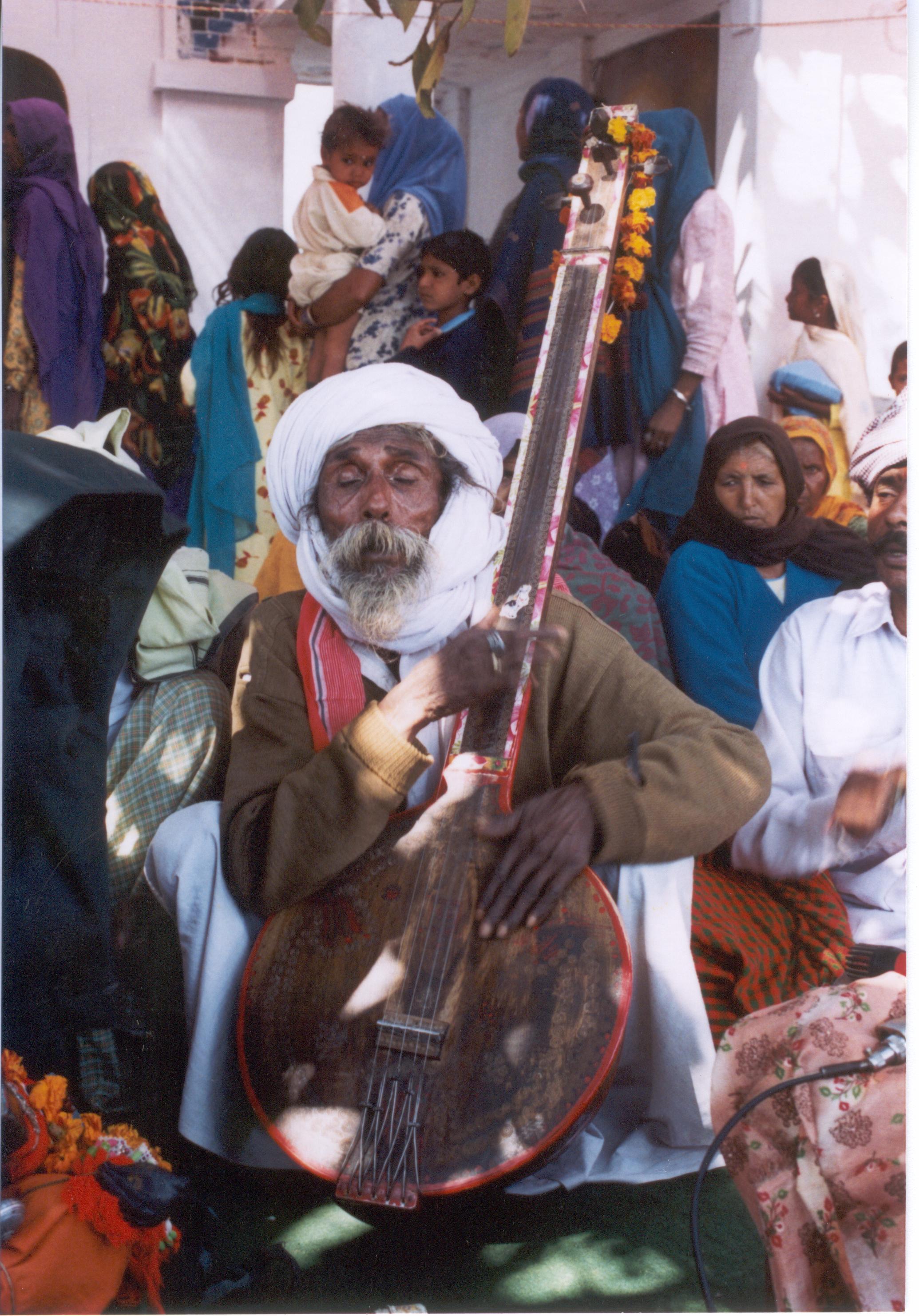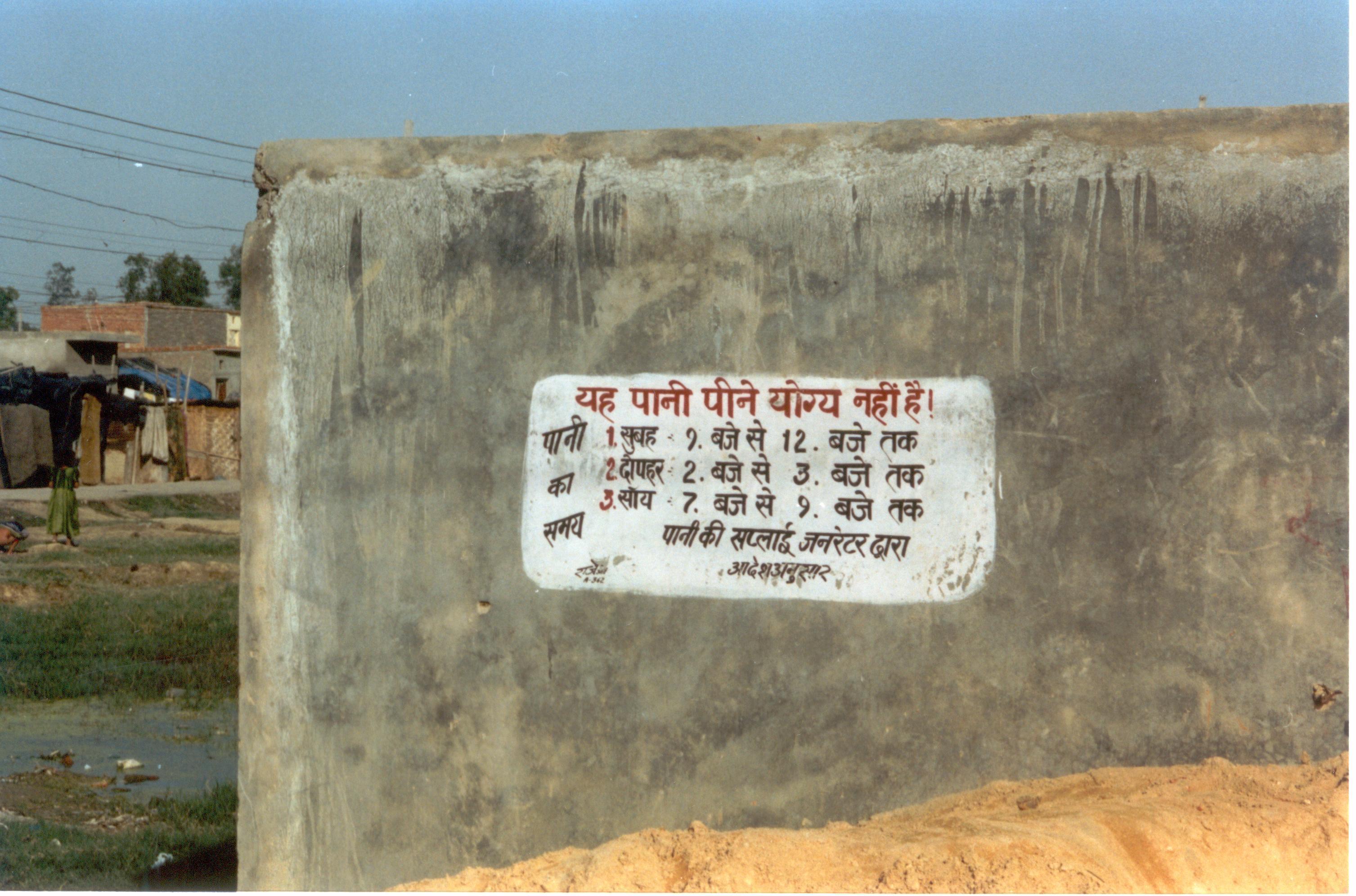Else all will be still (2013-2015)
I have always been interested in the idea of equity and justice. ‘Else all will be still’ is an exploration of that.
‘Else all will be still’ is a work that looks at the voice of fishermen in the climate change discussions. My engagements range from navigating policy to navigating the ground, and you see that there is a lot of representation of vulnerability in the text of United Nations conventions, but its just words. Nobody knows what it really means. So, when I started doing this work, I went out on a boat (which was more like a plank of wood, as seen in the pictures), 3 km into the sea with a fisherman. I’m telling you, it is really scary to be 3 km into the deep ocean, with just a piece of wood below you. You realise how vulnerable you are. So the idea of vulnerability is critical to understanding our politics. It is a very important thing to unlock and start learning; to start saying, “actually I don’t know”. These are the sort of questions and the reasons why I think the artistic practice brings you very close to a lived life instead of an abstract life.
Nadar/Prakriti (2017-2018)
I was invited to Edinburg, Scotland, to work with prints, and not digital photograph, which is my usual practice. I chose to work on the histories of landscape and water in Scotland, to compare it with the situation in India. I travelled to the Highlands in Scotland for 10 days, and met many people working in conservation, on landscapes, artists, academics, etc. I found that there are great histories of violence that the two countries share. For example, Scotland had the Highland clearances in the early 20th Century when all the peasants and the wolves were killed because the Noblemen from England wanted to do sheep farming there. Similarly, they channelised the mountainous terrain and rugged water systems they had to make big dams, like we did in India. It seems that controlling nature has become the thing to to do to become rich. You see that also in how boundaries are drawn in nation states. Nature becomes a part of state-making, and an identity marker of wealth, in that sense. So that is what I was working on there.
There is also a long history of India and Scotland in terms of forestry. The Scottish were the first to experiment with colonial forestry, which they did in India through a German forester. In 1864, the colonial government had invited a German forester from Scotland to head the forest services here, because Scotland was the most forested part of Great Britain, and had the highest knowledge about forests. The experiment, however, completely failed because the forester applied methods of temperate forest, which didn’t work here. Of course, he learnt very fast after that. Then, there’s also a lot written by about the colonial history of forestry and how forest law had nothing to do with the forest, but with controlling hunting. I saw that these were universal histories, and almost a post-enlightened history of nature. When you talk of climate change, you realise it’s a prewritten script. Where can you go? This model will only lead here. So where are the other models? For them you have to look somewhere else. I know it’s a radical shift, but we are in a radical crisis. It’s a survival issue. So in times of crisis you need to look at the roots of your crisis, and that’s what I’m trying to do.
Bhatti Mines (2004)
The Bhatti Mines is home to a Hindu community that migrated from Pakistan in the early 1970s called the Odhs. They are a community that works with mud. For a long time, till about 10-15 years back, we didn’t have the machines we have now, so people used to dig basements with hands. The Odhs used to come with their donkeys and take the mud. They also used to dig the internet channels and lay cables underground (as shown in the photographs below). The Bhatti mines closed down in the 1990s, and the forest where they used to live became a national park. They got relocated to the outskirts of the forests, and nobody knows why this particular boundary of the park was drawn. It could have been drawn excluding them, because it has excluded all the farmhouses. But they are looked at as expendables, so overnight they have become encroachers on forest land, notwithstanding the fact that they have graves in the forest (We have this unified idea of religion, but we all lived in great synchronous societies, such as these people who are Hindu, but bury their dead). To visit their ancestral graves, they now have to take permission. Clearly there is a power and class question here. For many years, they have tried to convince the forest department to re-employ them as forest keepers, as they know the forest very well, but of course there were no takers for that.
As other migrants came, bought land, and settled there, their community identity started getting lost. That’s when they invited me. I spent 6-8 months documenting their lives. My approach is very quiet, I talk to them, spend time with them, and then I photograph. The organisation that had invited me wanted me to document their protest, but they said they couldn’t really engage in the way we define protest, because if they take a day off, they lose their daily wage. But my time with them led to other connections. I got them in touch with a Supreme Court lawyer who took the case to court represented them there. The case is still going on.
